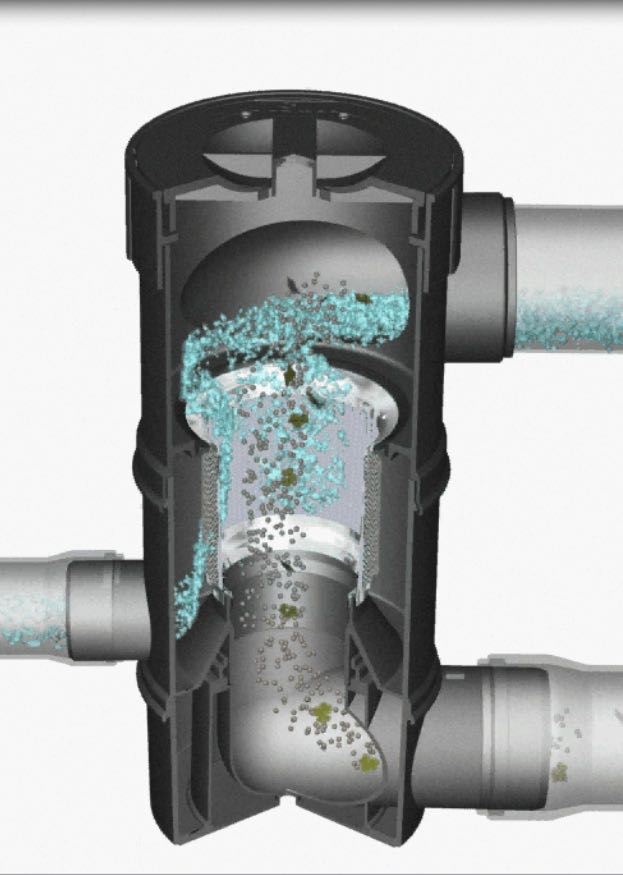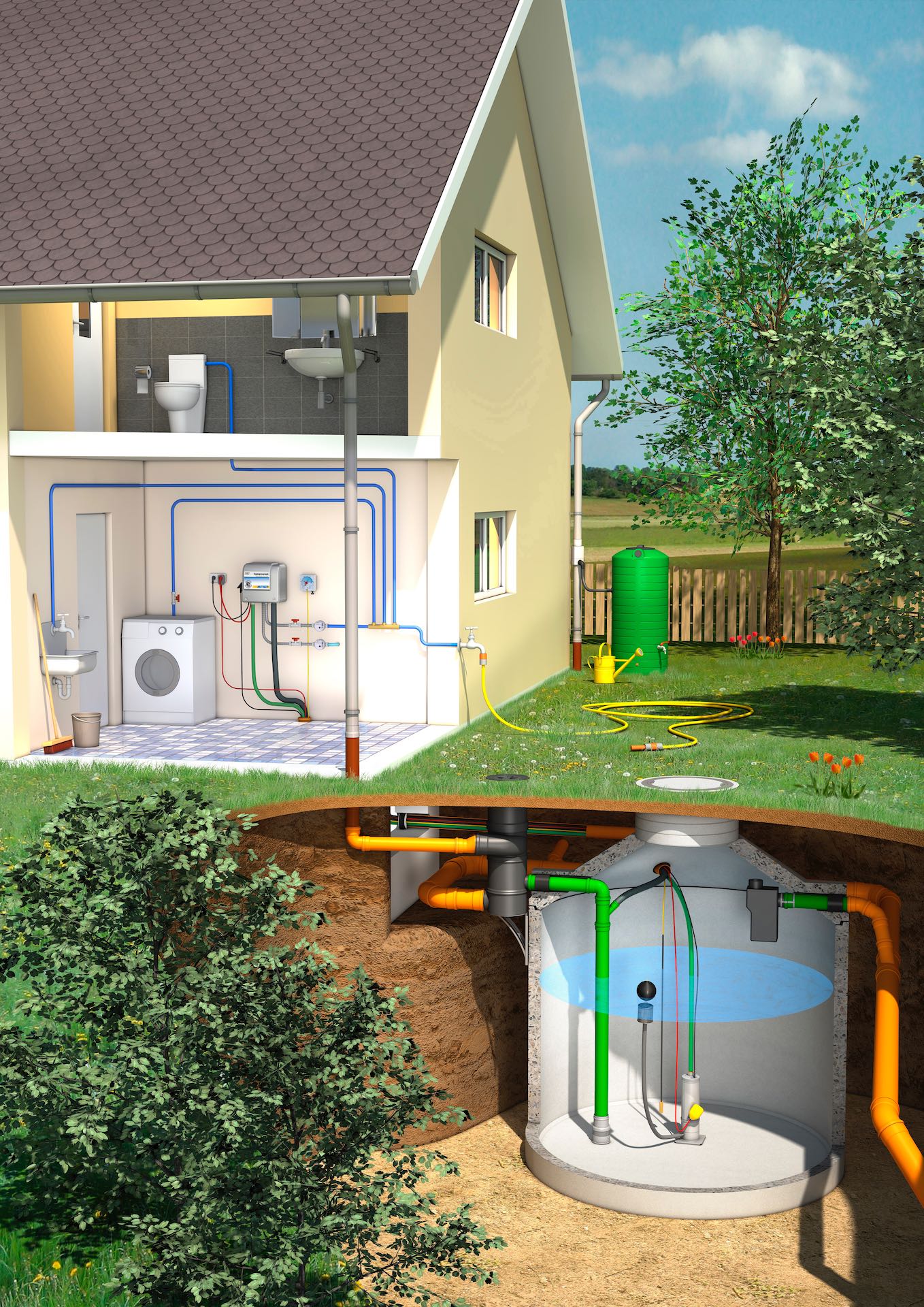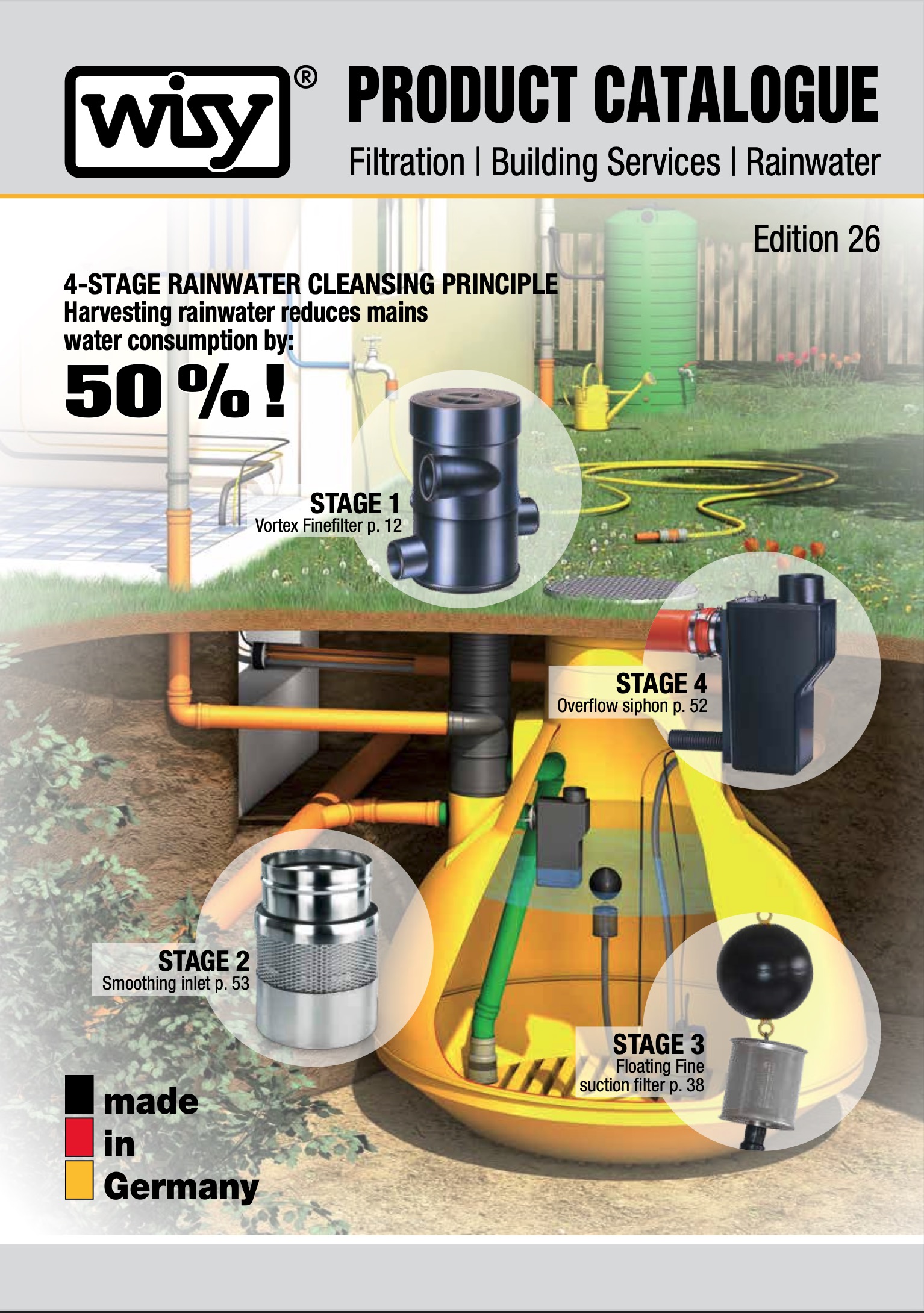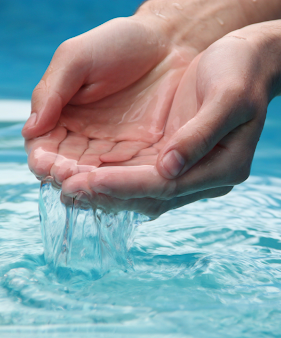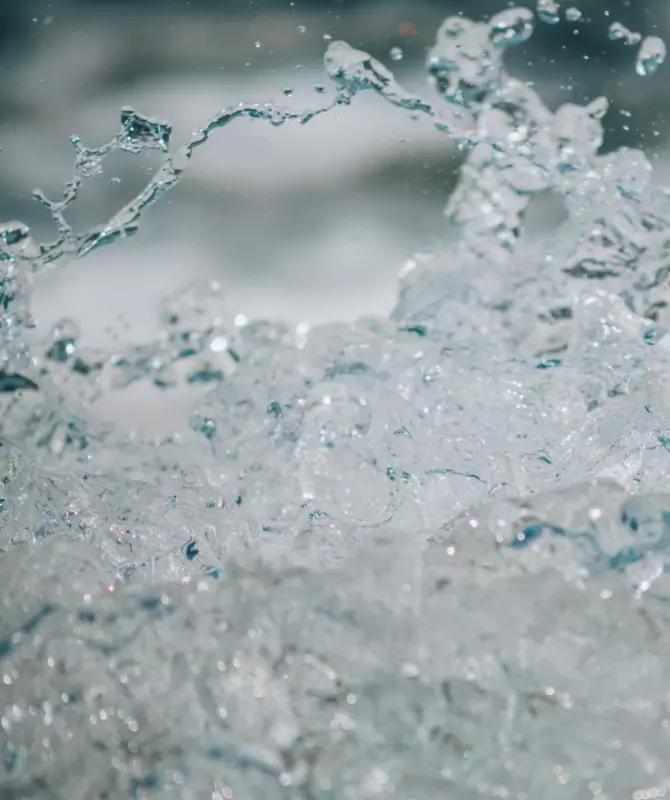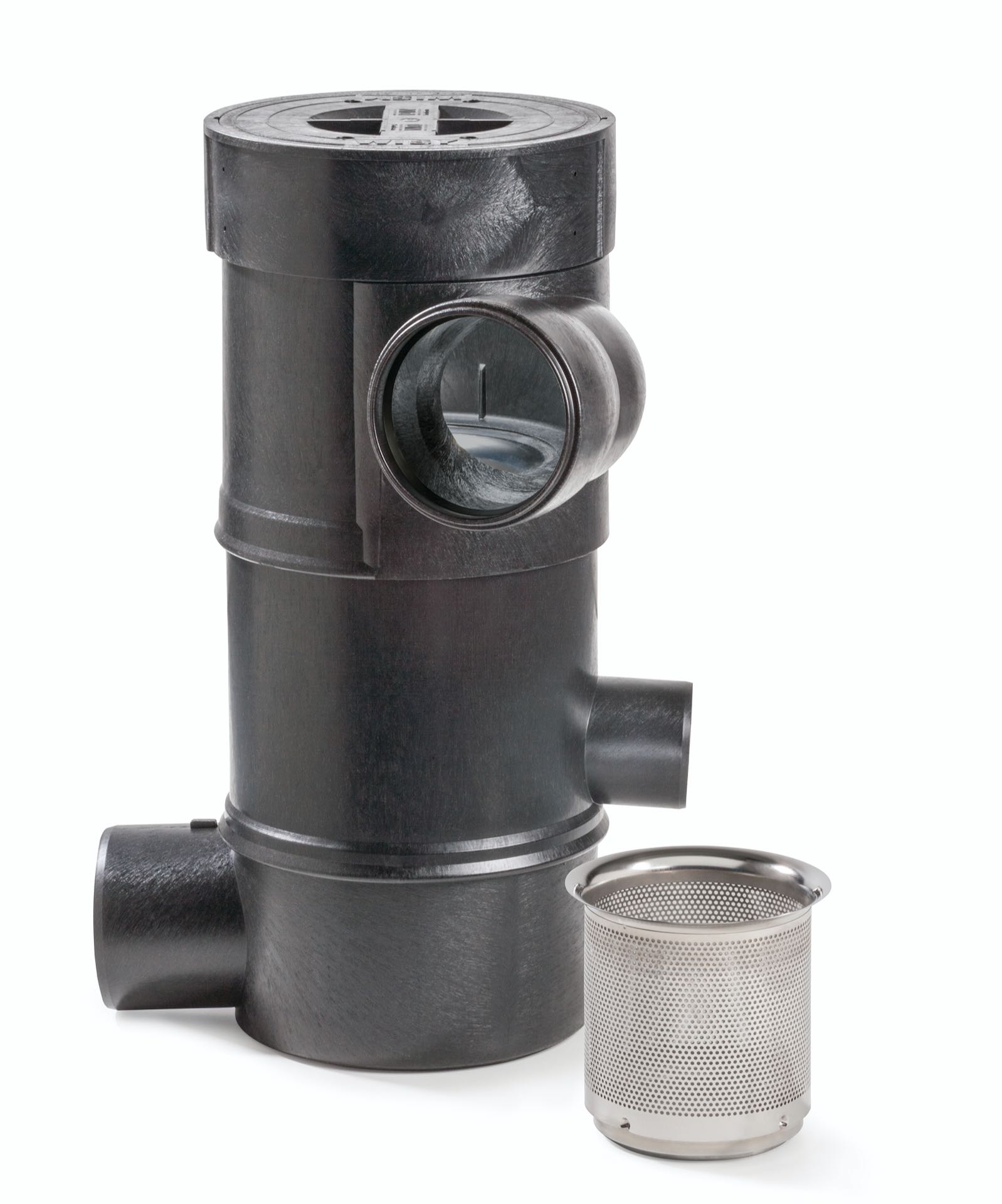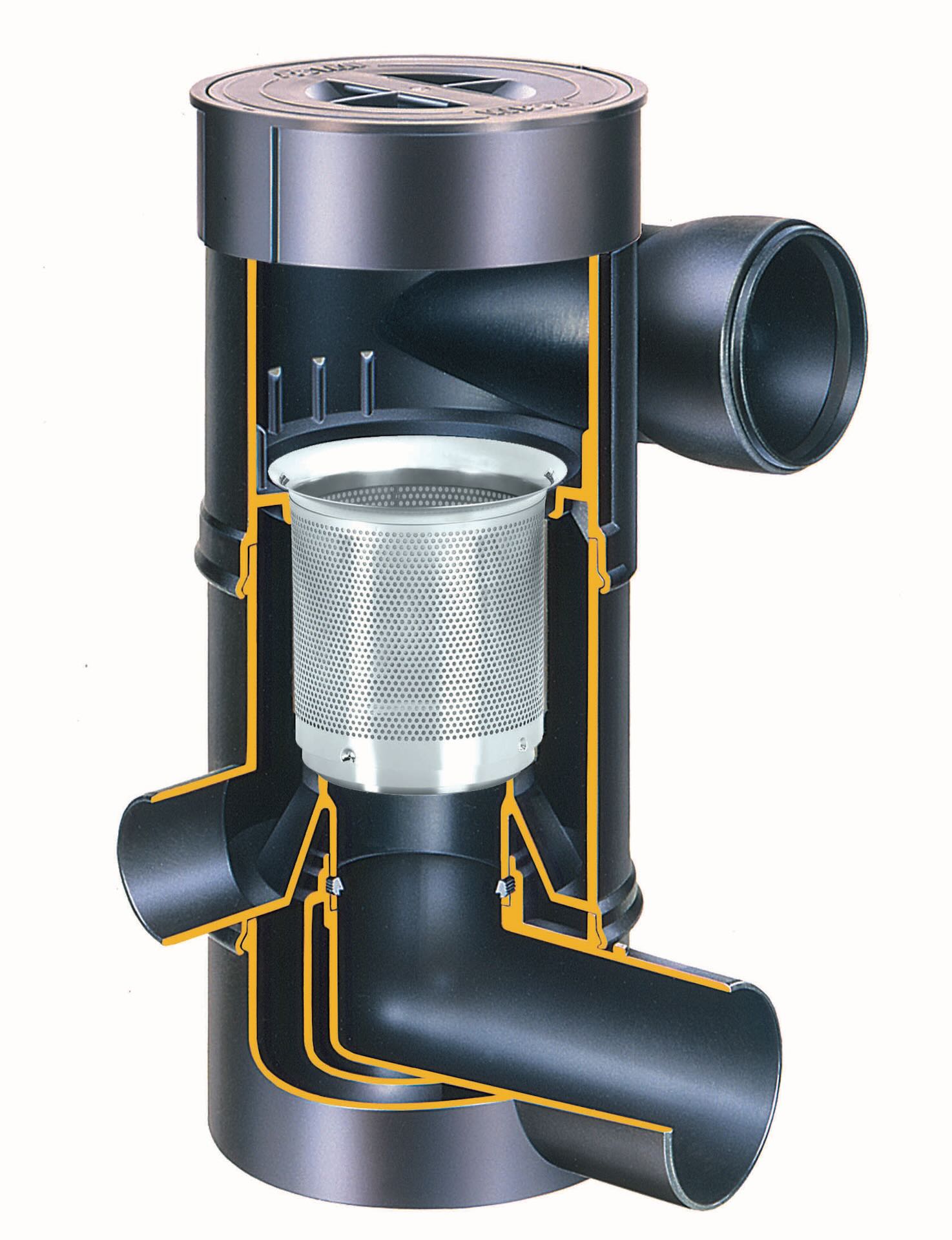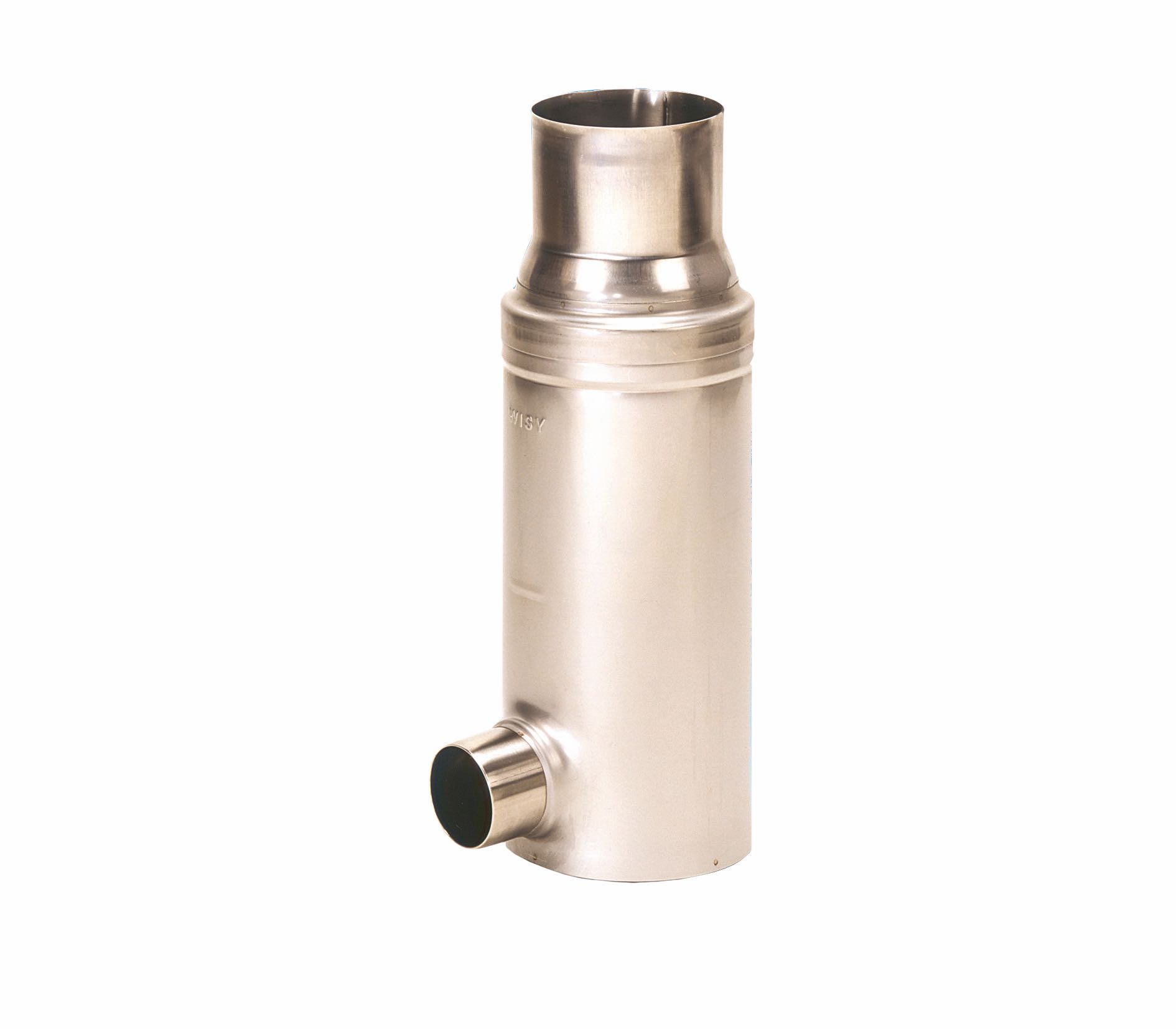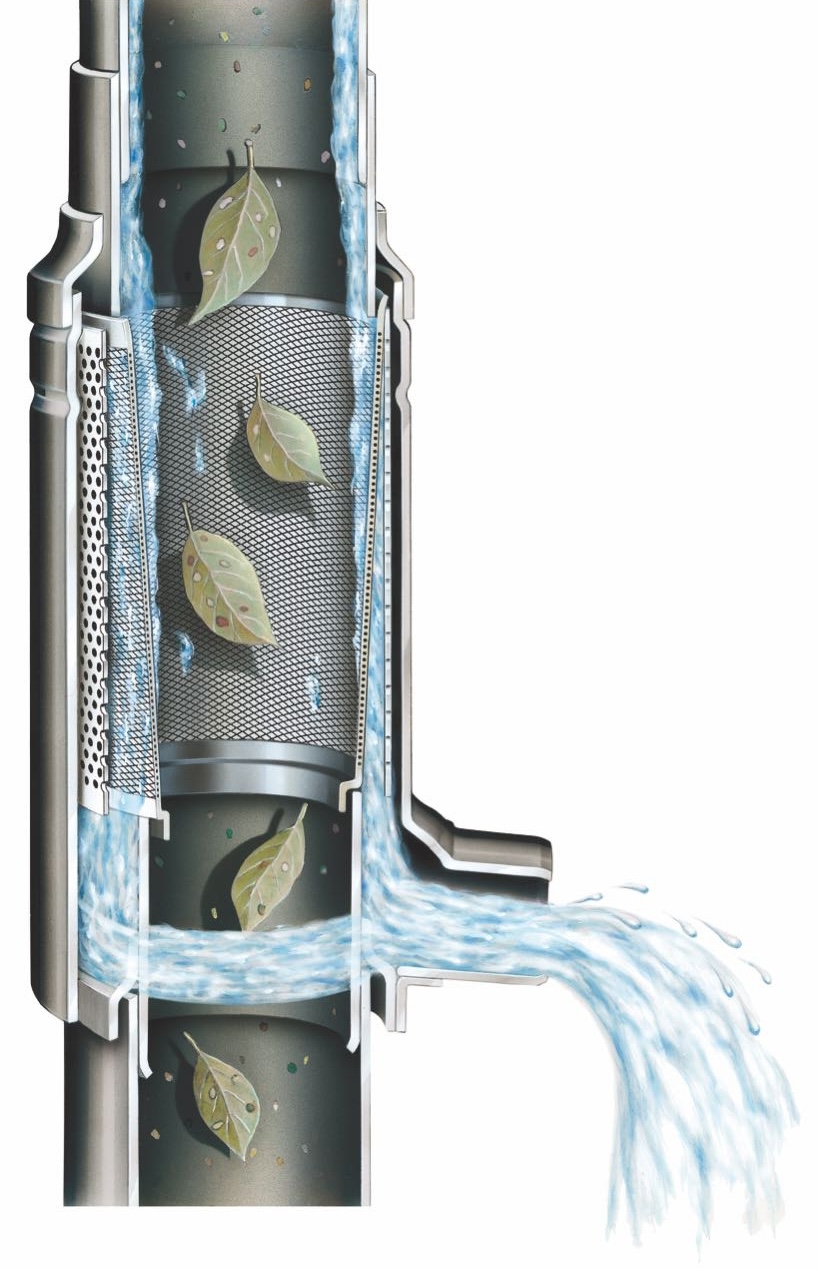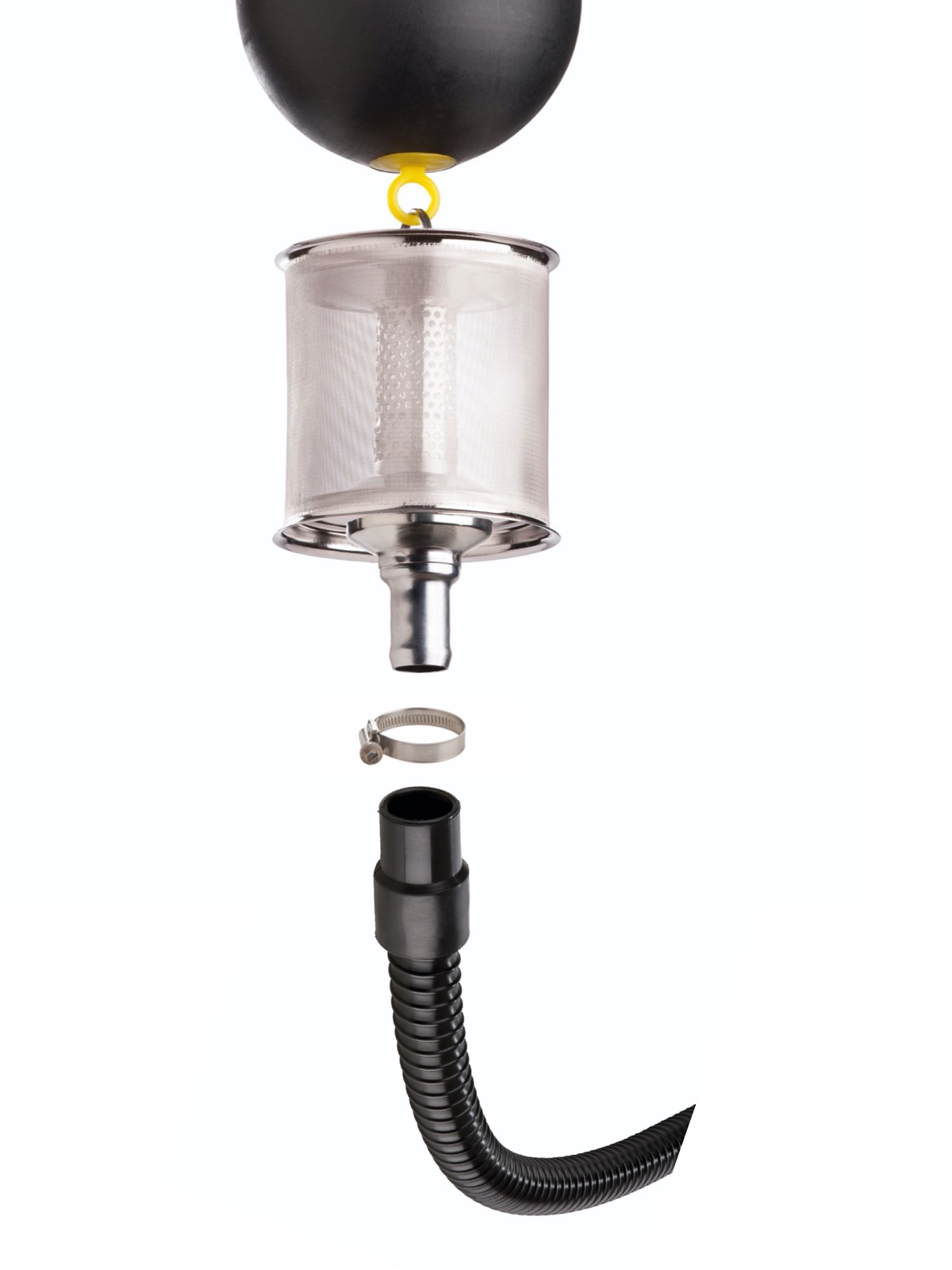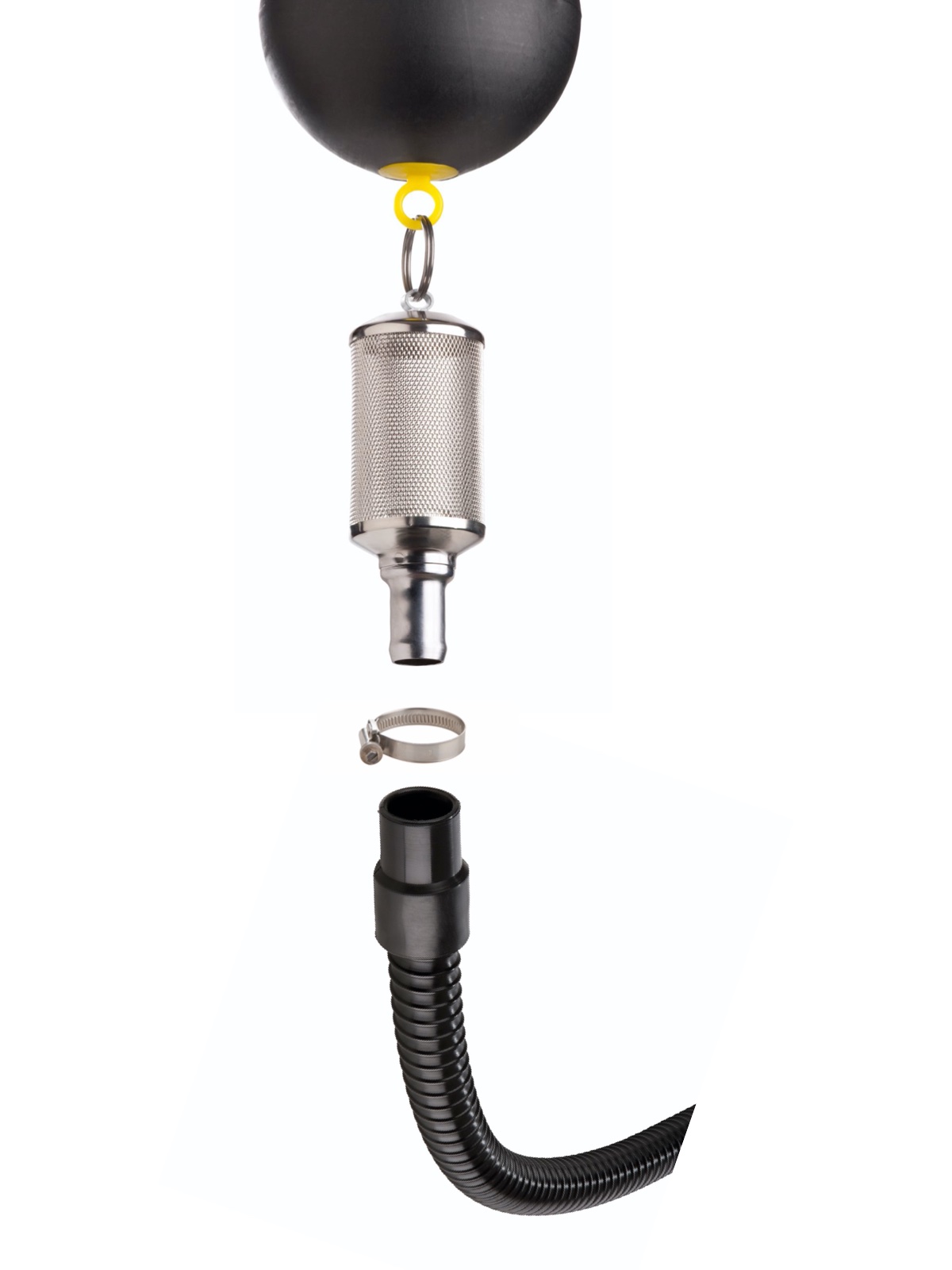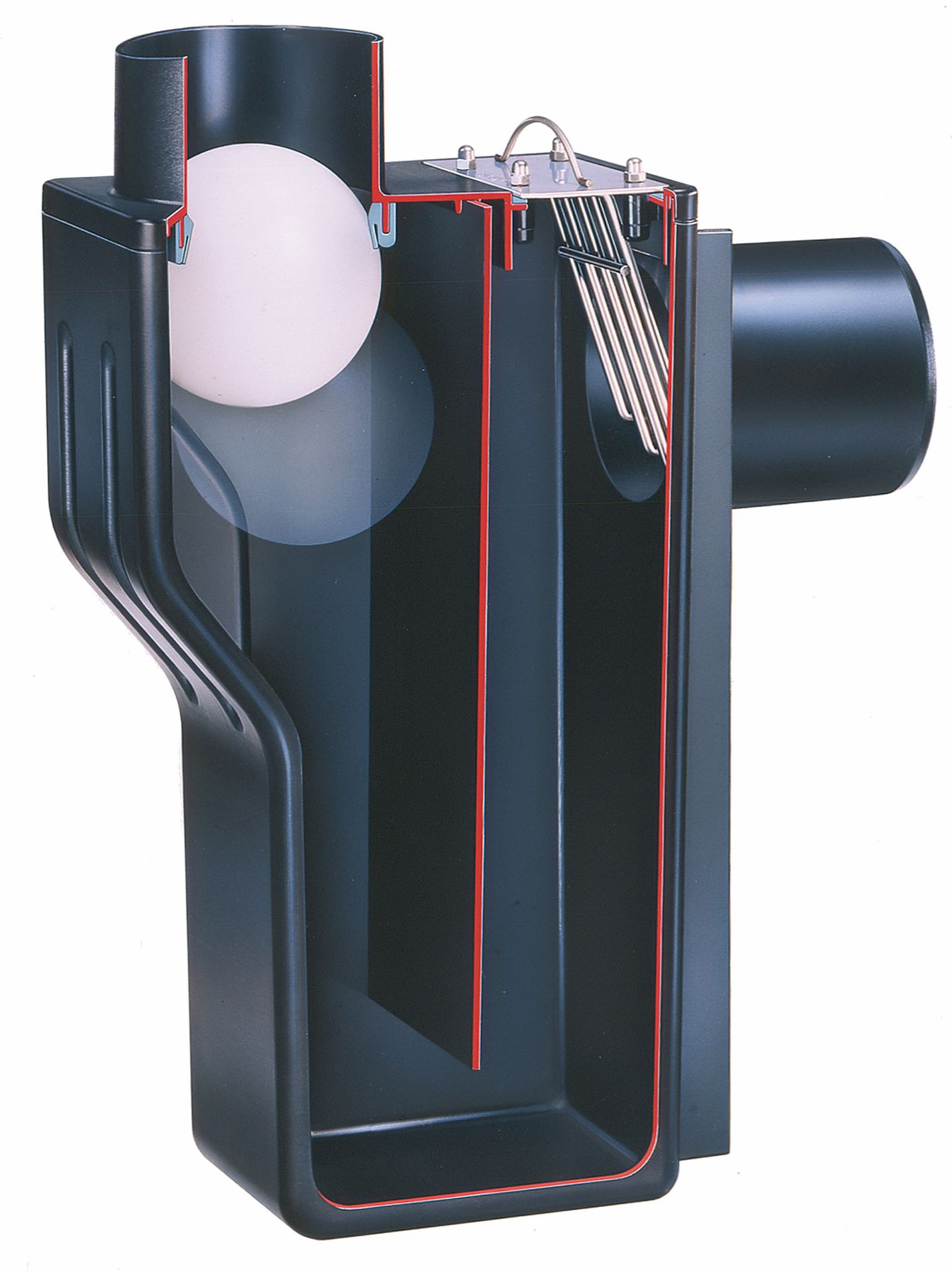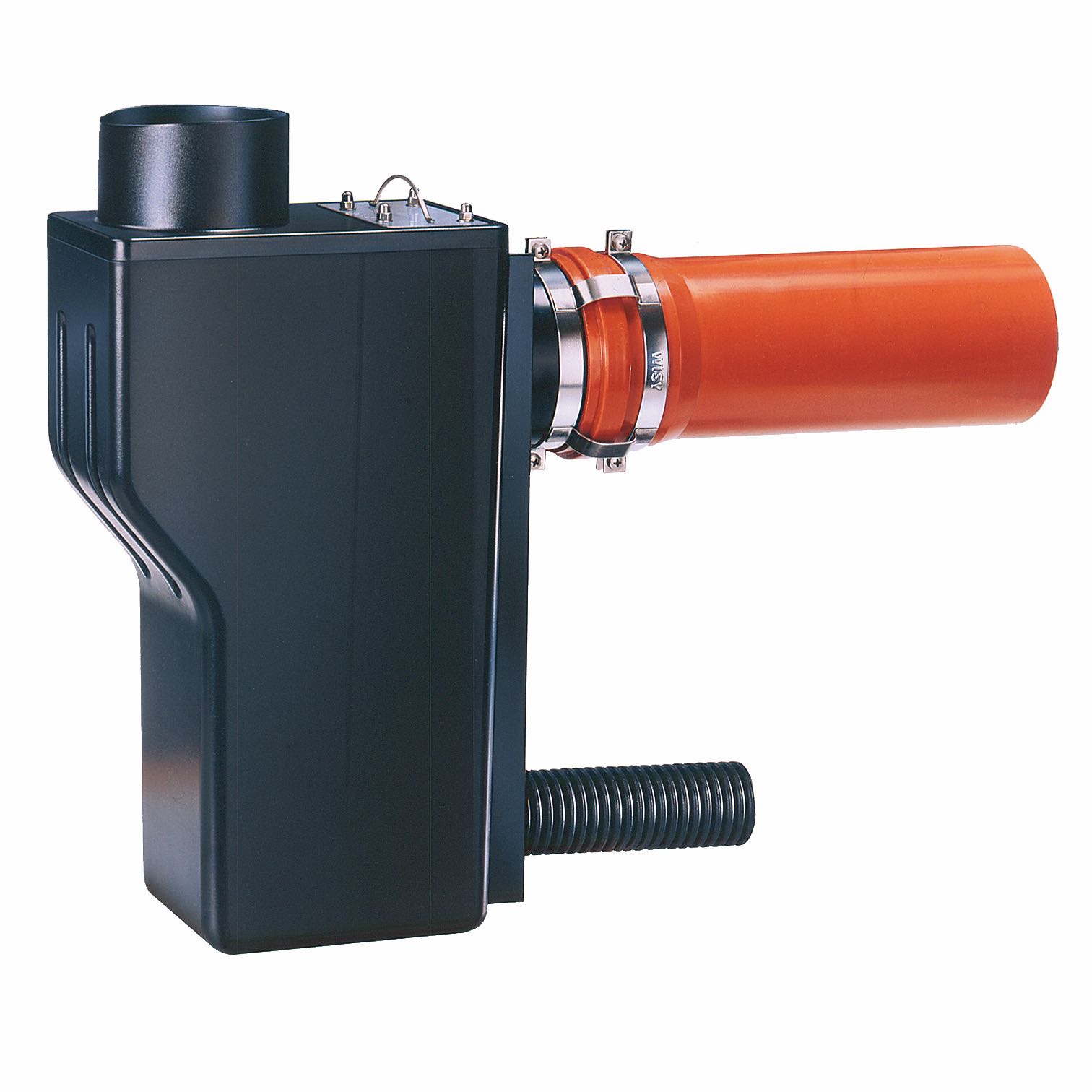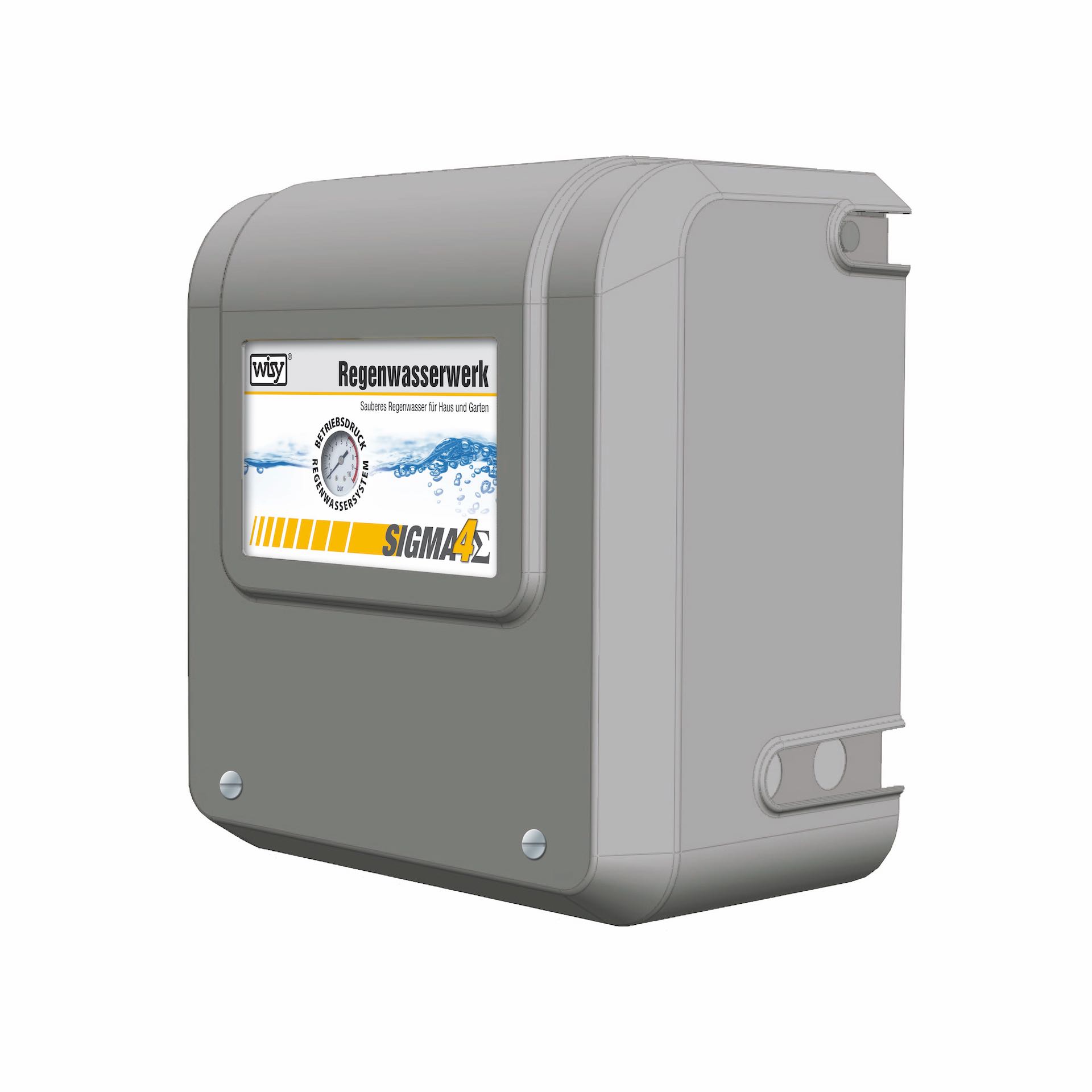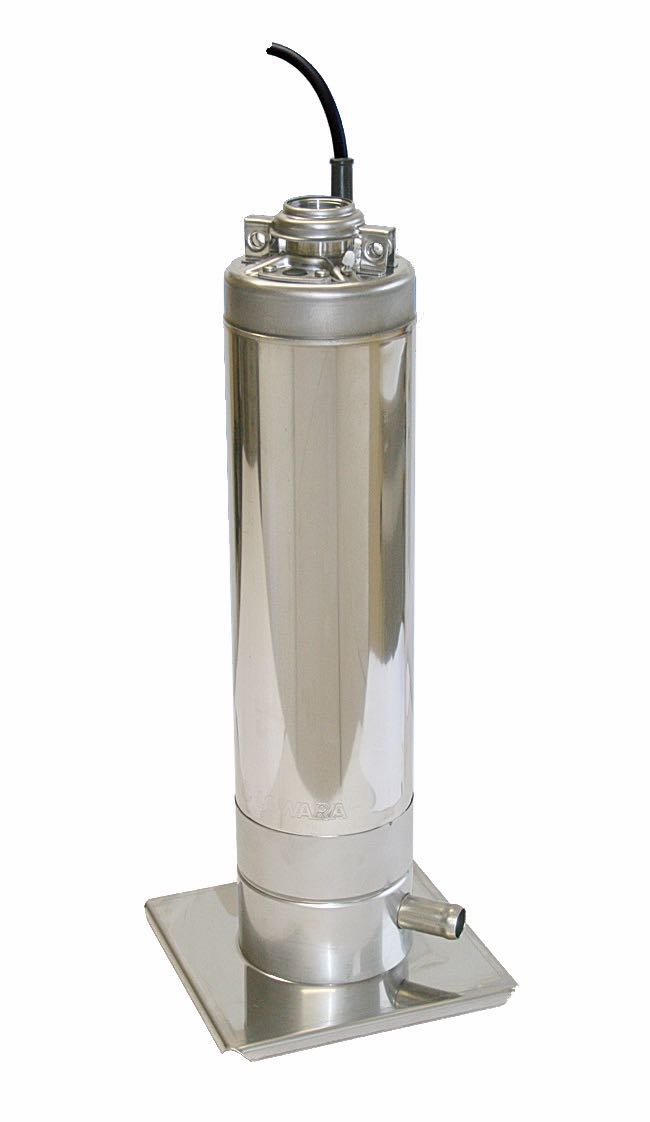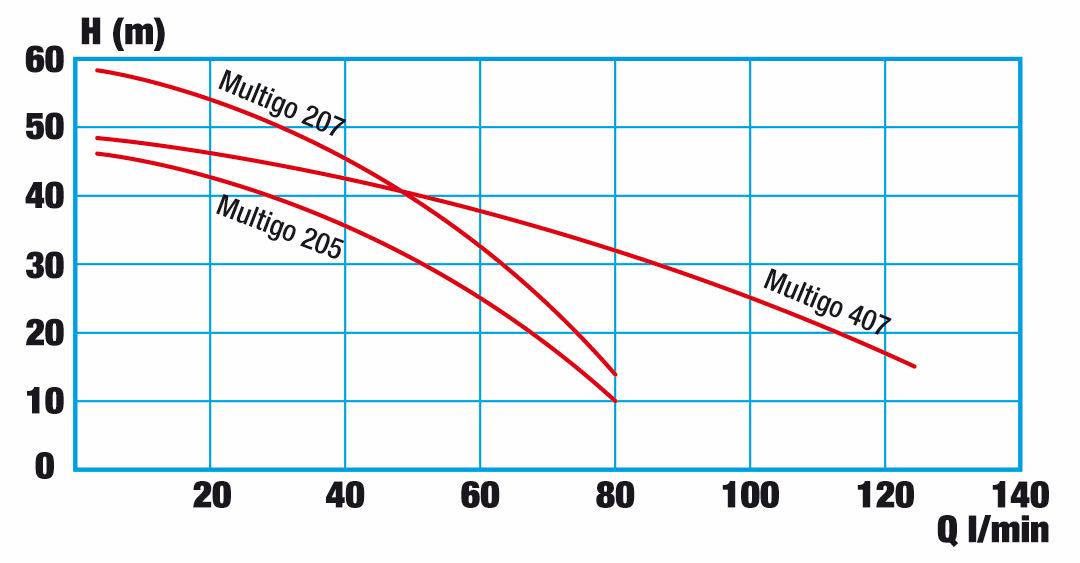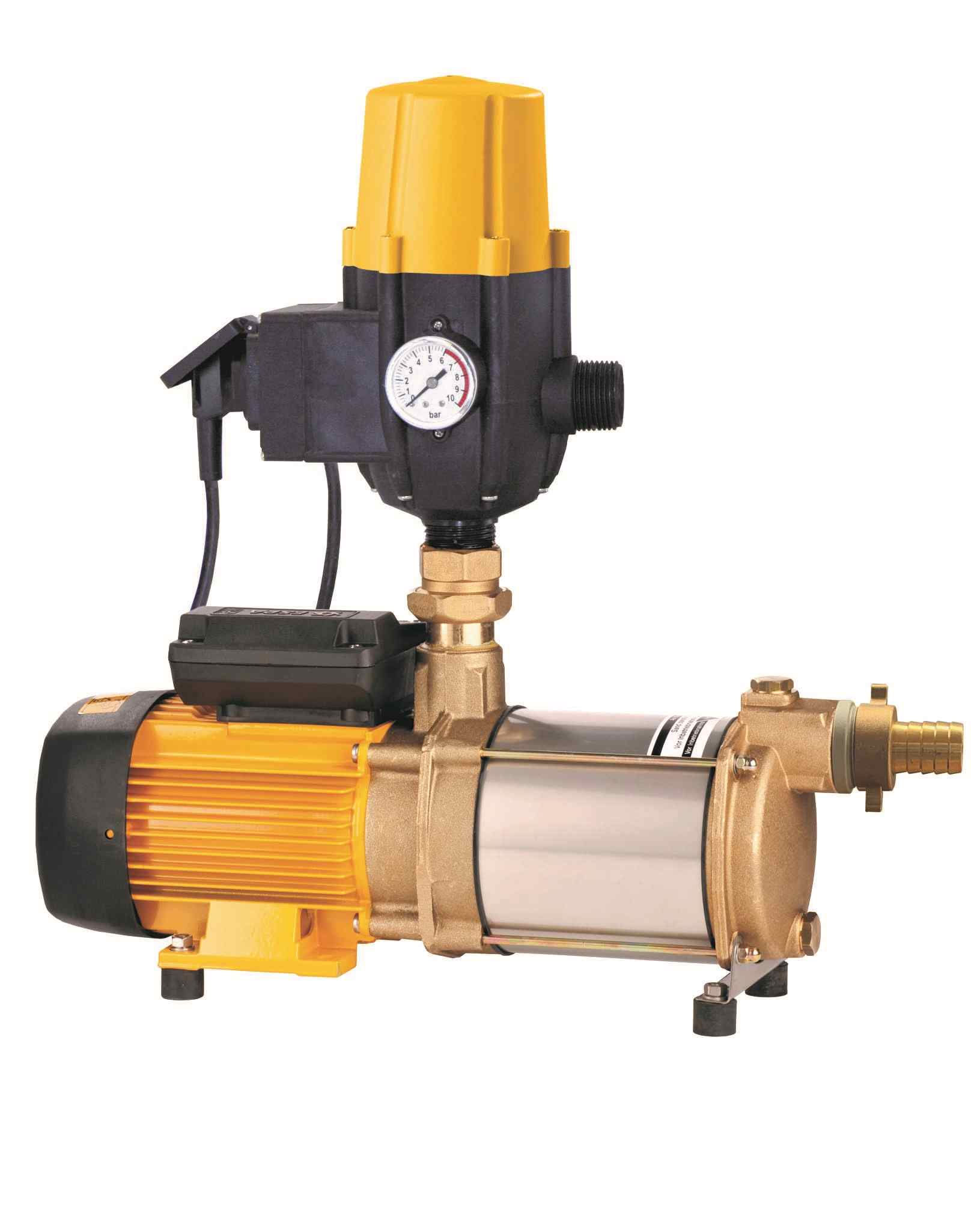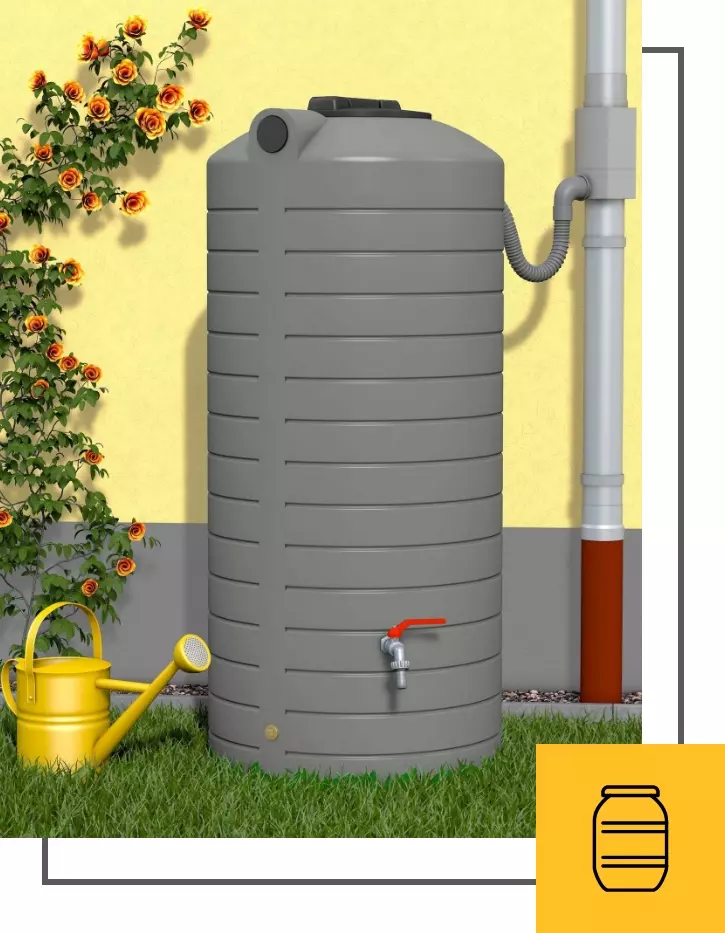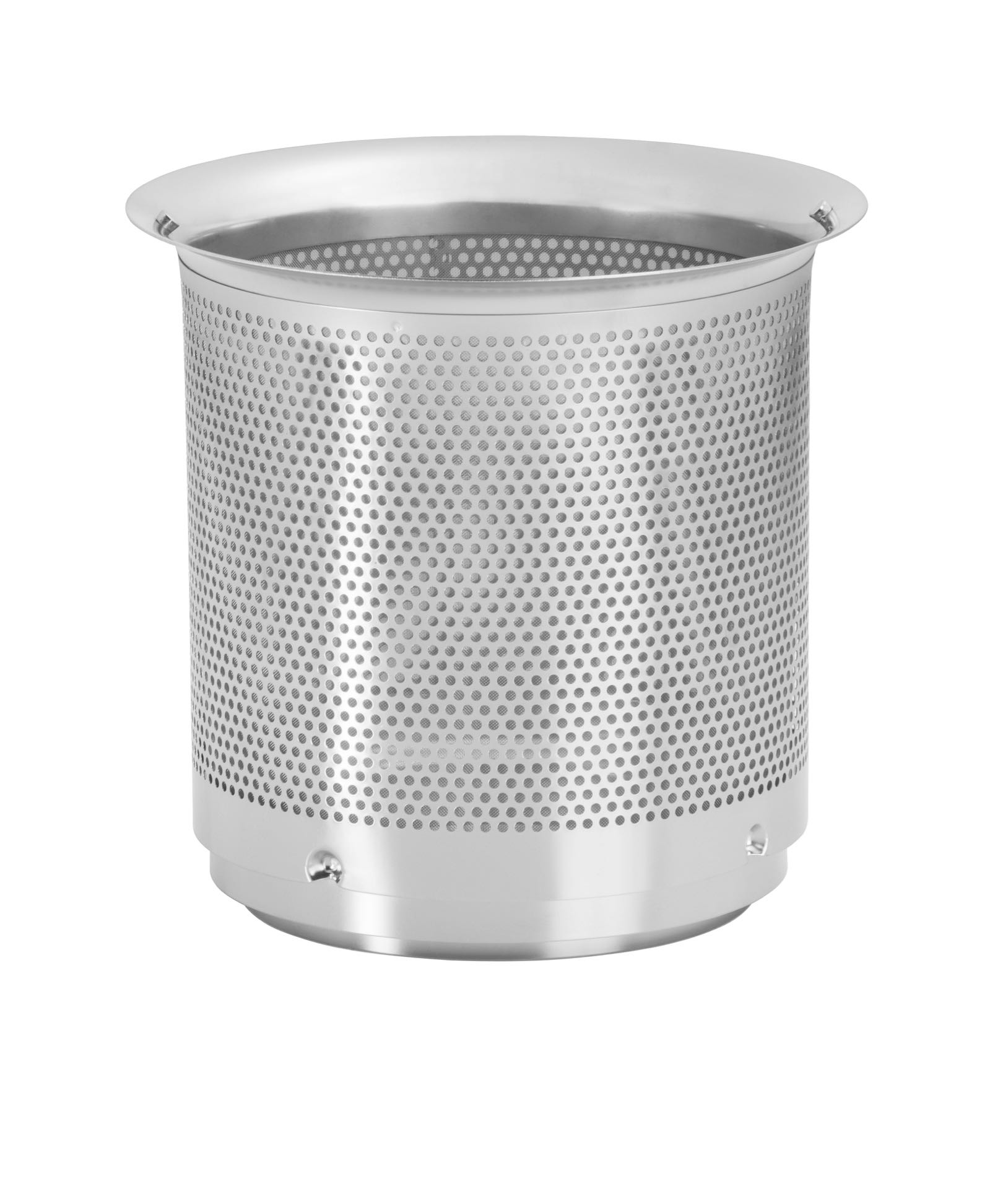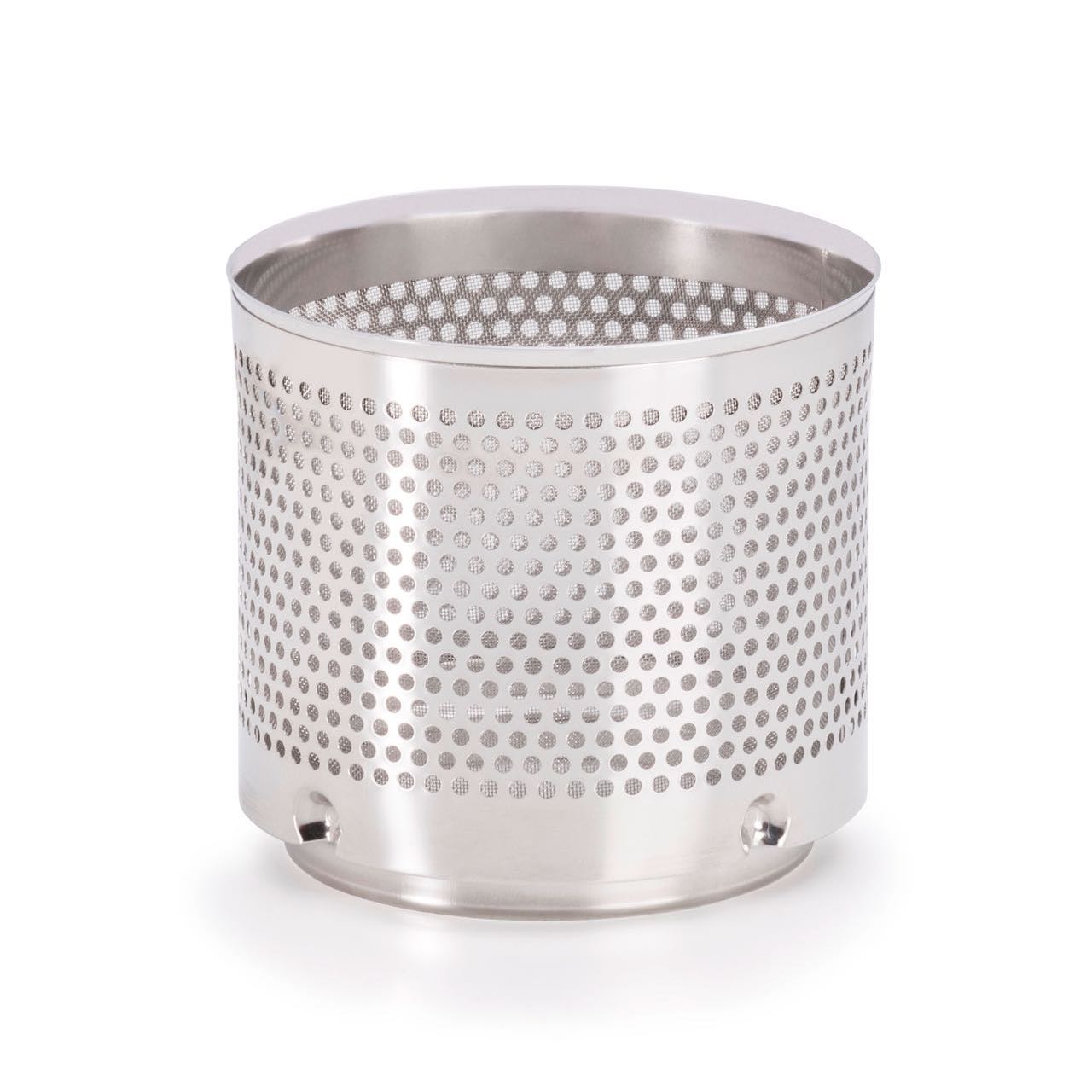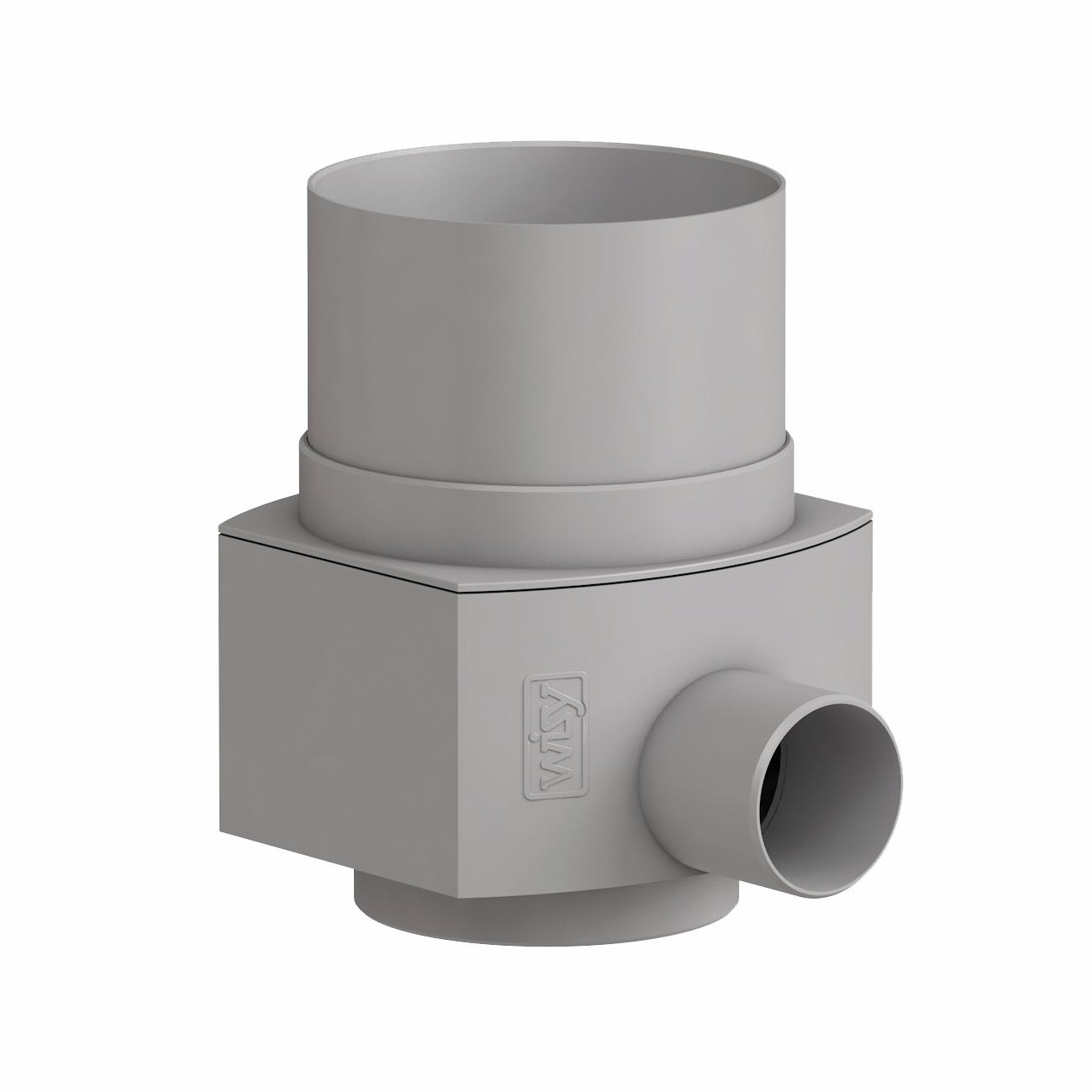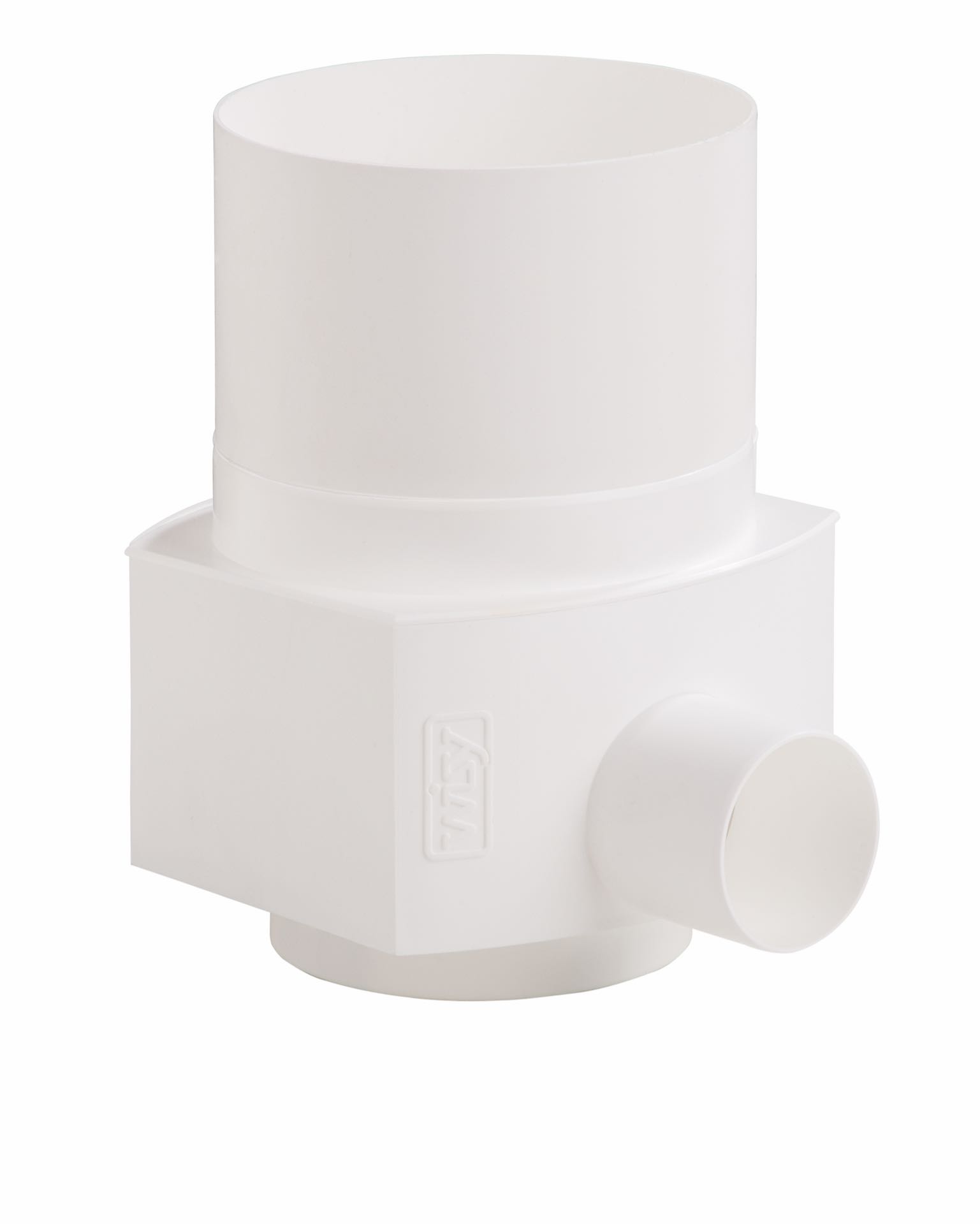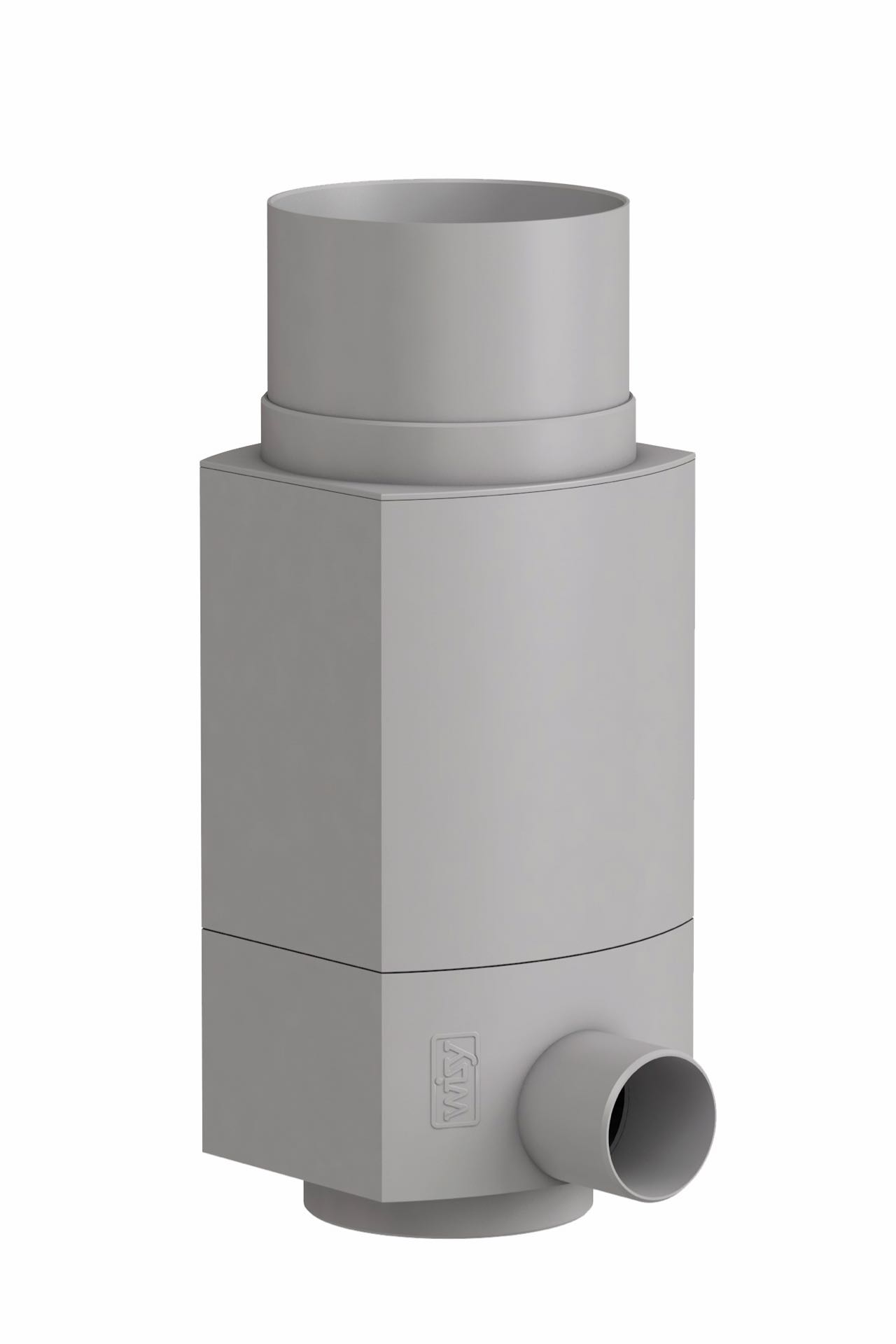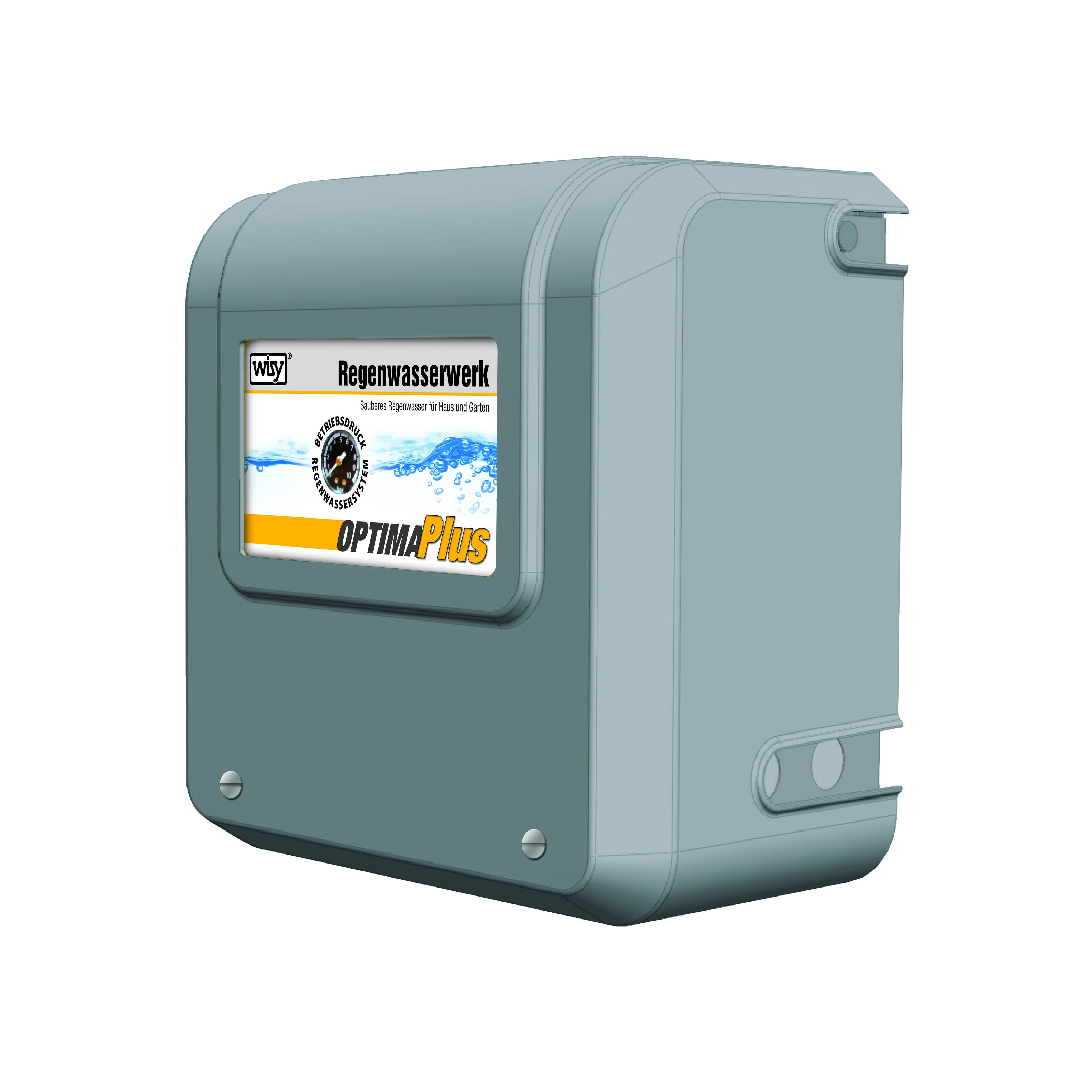Collecting rainwater - this is how it works
capturing and collecting rainwater is an important topic in resource-saving water use. Rainwater is free and available almost everywhere in the world. It is a decentralised water resource that can be collected right outside your front door - or better, from your house roof.
Rainwater can be used anywhere where no defined water quality is required. Accordingly, there are many areas in which rainwater can be used instead of tap water.
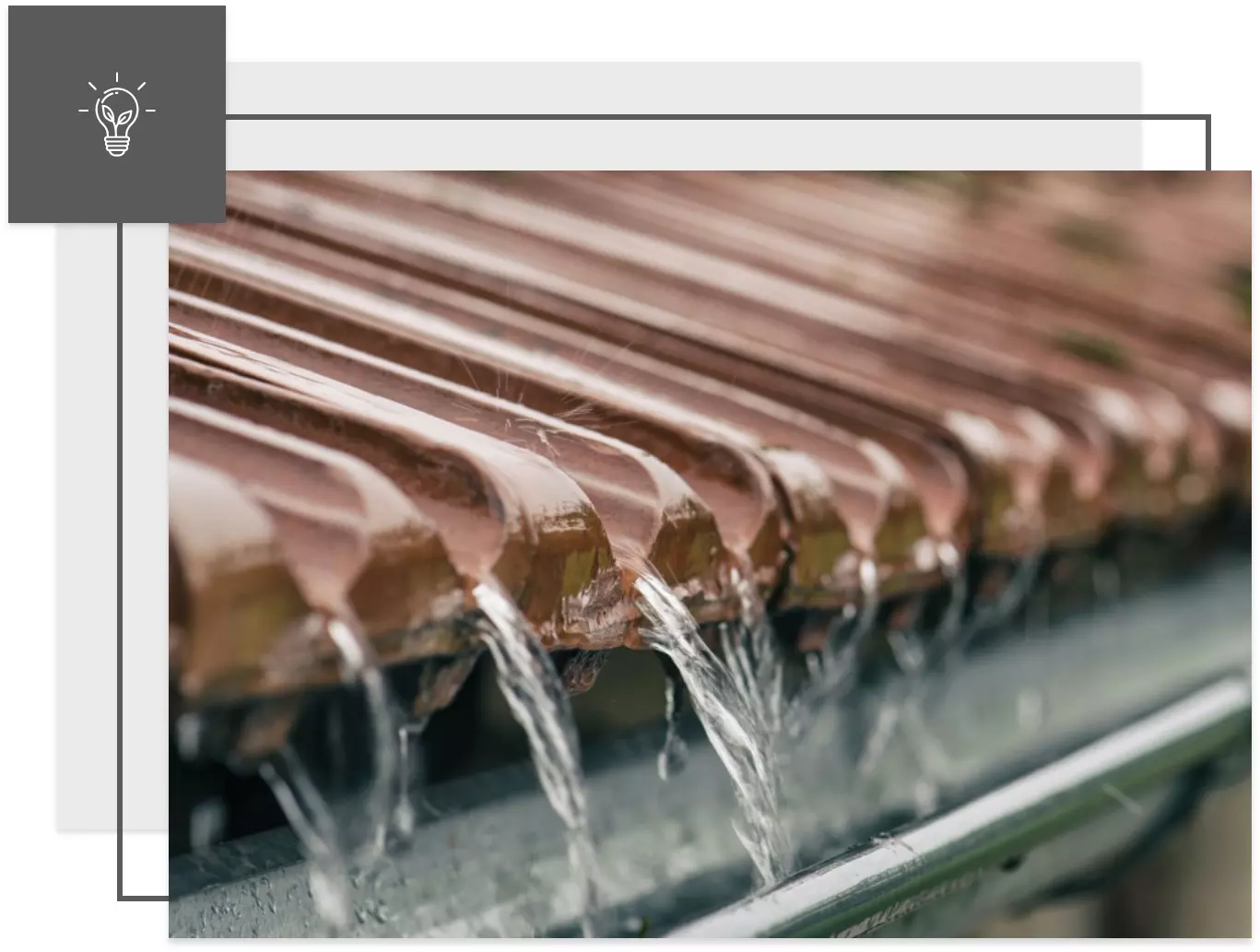
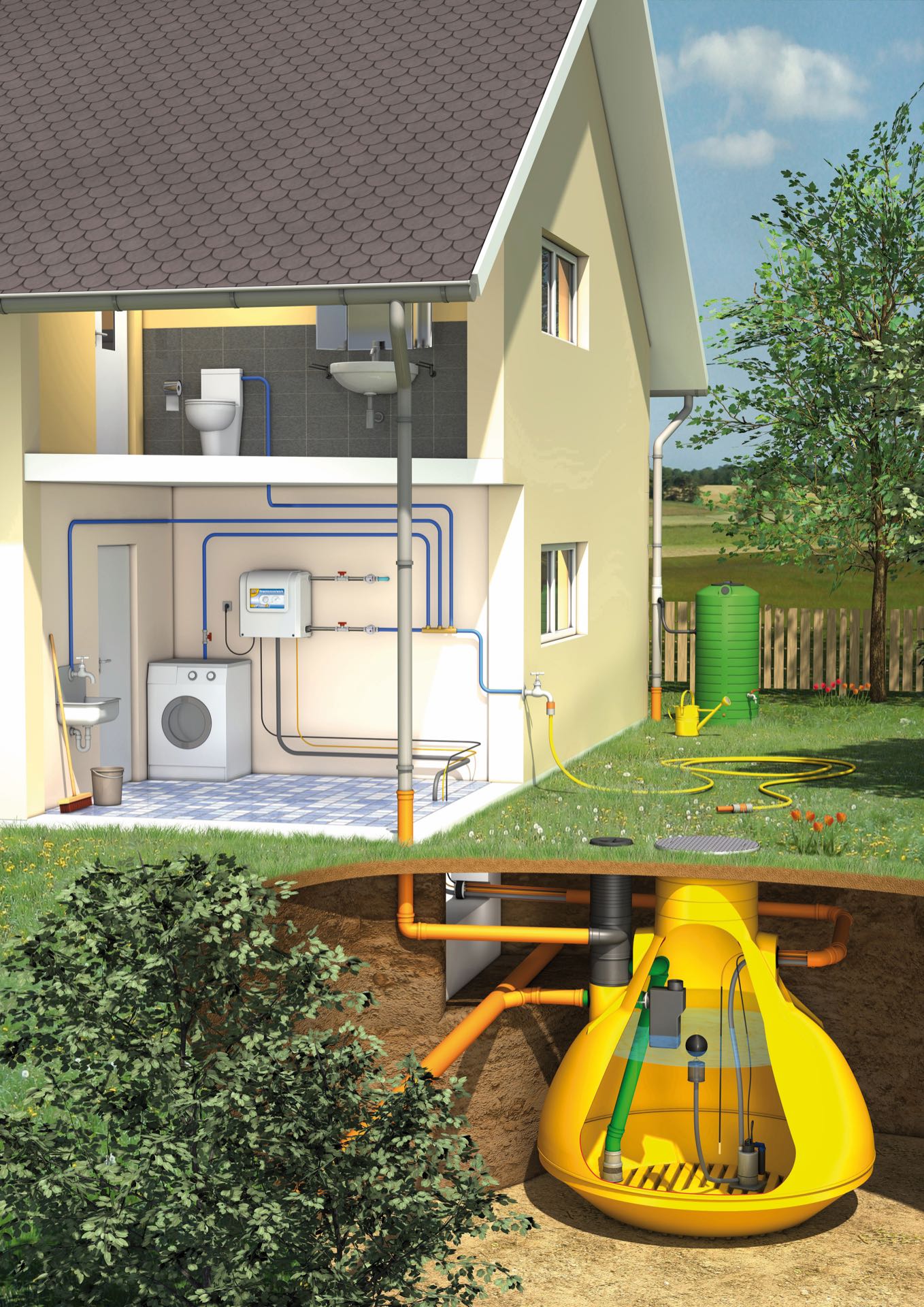
Setup of a rainwater system
If you want to use rainwater, you need a suitable rainwater harvesting system. These systems can have a different structure depending on the application. However, they usually share some of the most important components, which vary in size depending on the area of application of the rainwater system.
More about the setup of a rainwater system
A wide range of applications for use of rainwater
If the rainwater is properly treated, it can be stored for long time; and can be used in a wide variety of areas.

Extinguishing water
Rainwater can be retained as extinguishing water and thus represent an important component of a fire protection and safety concept.
Extinguishing water is retained in a central storage tank. If necessary, the rainwater is then directed to one or more extinguishing water extraction points.
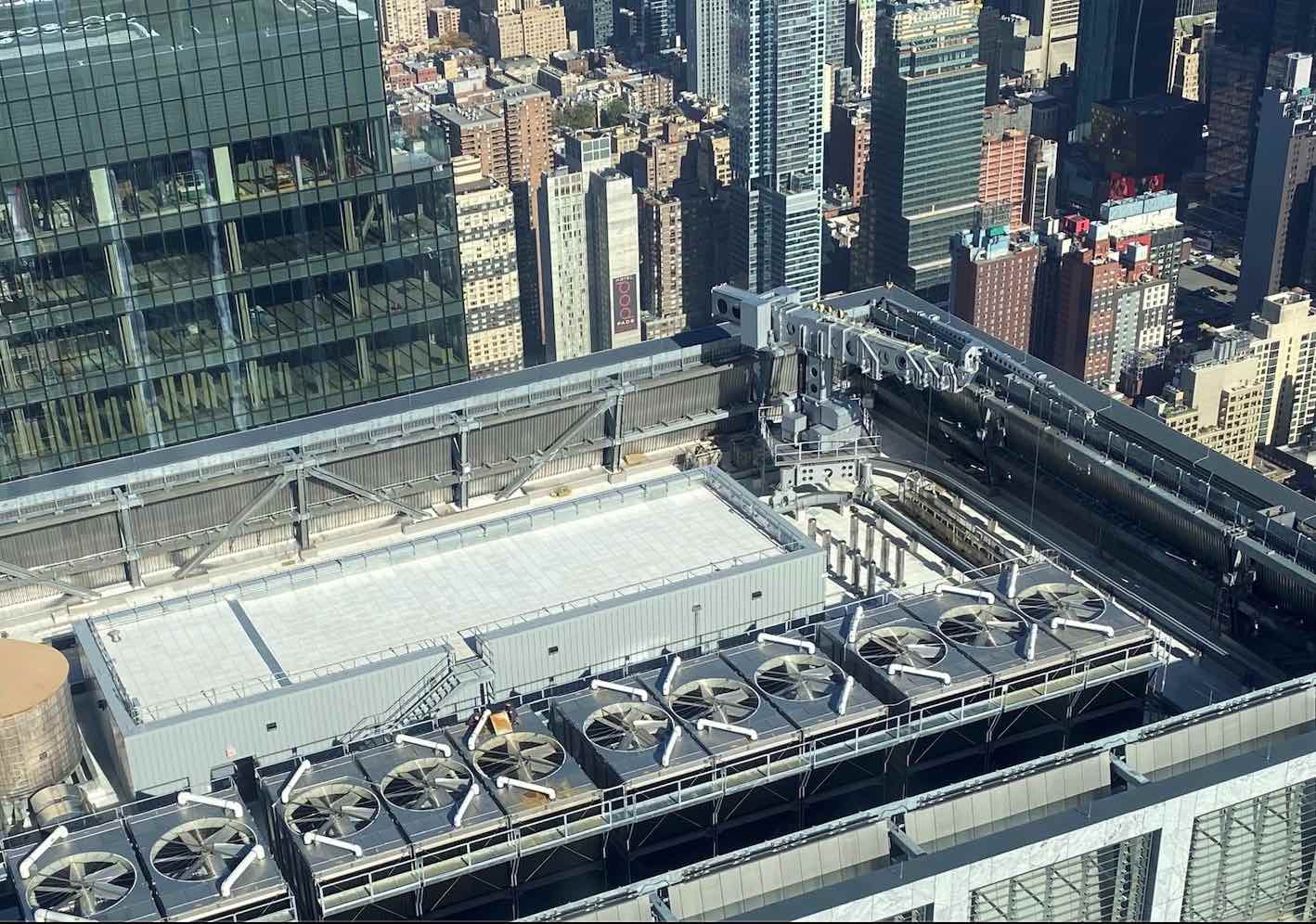
Building cooling
The use of rainwater is ideally suited for cooling buildings with air-conditioning systems.
In particular, due to the low mineral content, significant advantages can be achieved in adiabatic exhaust air cooling compared to the use of tap water.
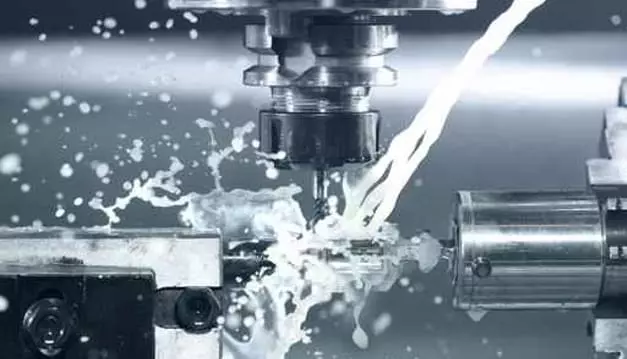
Process water
There is a high demand for water in industry:
Whether for humidification or cleaning, as cooling water, drilling fluid or transport medium: rainwater is perfectly suited for a wide range of industrial applications.
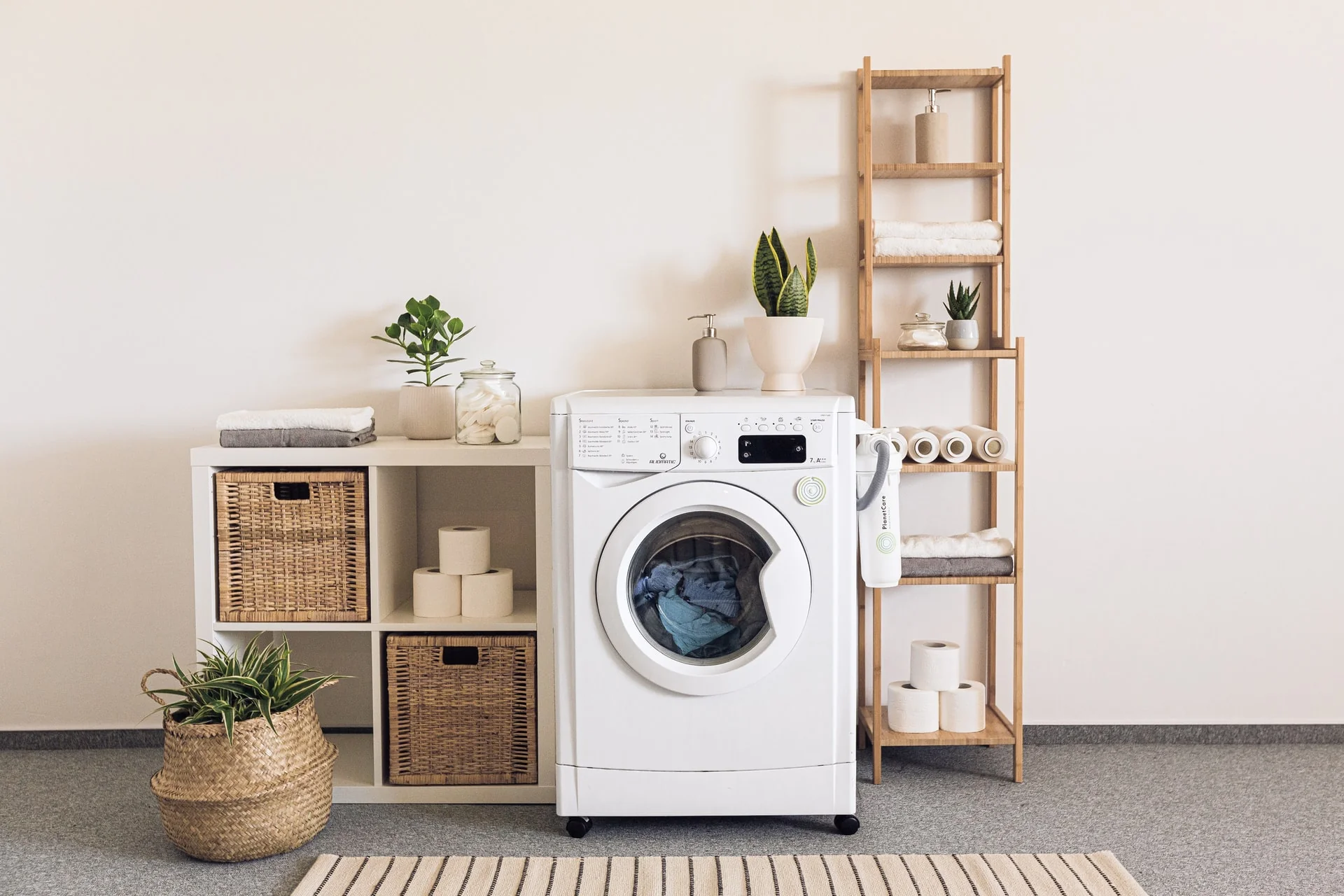
Laundry
Washing with rainwater is completely hygienically safe. No special washing machines are required for this. Properly collected rainwater is clear, colourless and odourless.
It is also softer than tap water. This is easier on the washing machine, less detergent can be used and the use of softeners is completely unnecessary.
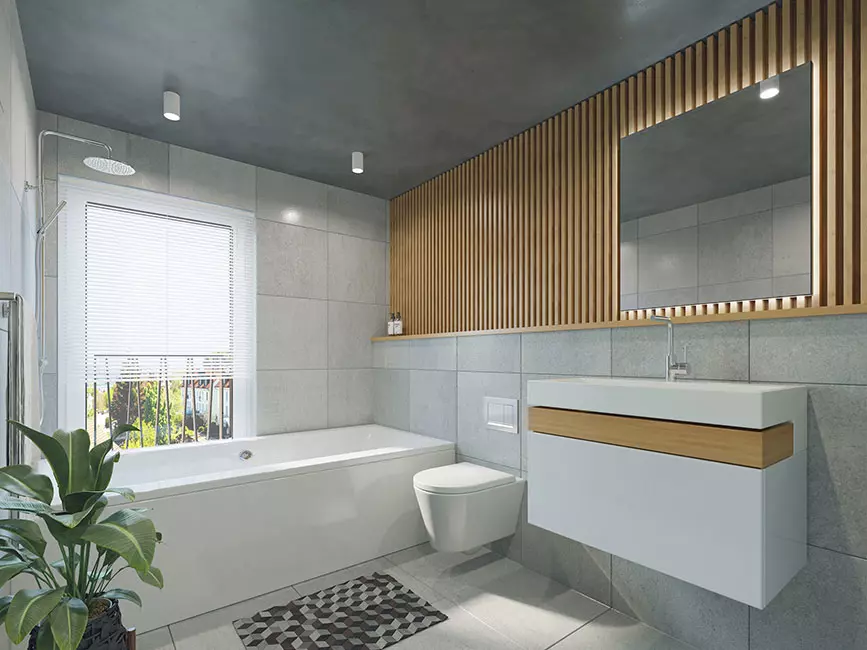
Toilet flushing
Since rainwater is free of calcium or magnesium, urine scale does not form in the toilet. The toilet stays clean longer and the flush seal remains intact in the long term.
By treating the rainwater with the WISY 4-step system, the flush water is crystal clear and leaves no residue on the ceramic.

Animal farming
Whether for watering livestock, for animal care or for cleaning stables and machinery - rainwater has many applications in animal farming.
In addition, rainwater does not leave deposits in watering troughs and supply pipes. The clogging of nozzles by limescale is ruled out and decalcification systems are not needed.

Cleaning
Rainwater is perfect for cleaning in the household, cars and machines or buildings. Since it does not contain calcium, less cleaning agent is needed.
It is particularly enjoyable when cleaning windows: rainwater dries without leaving any residue. Thus, all surfaces remain streak-free.
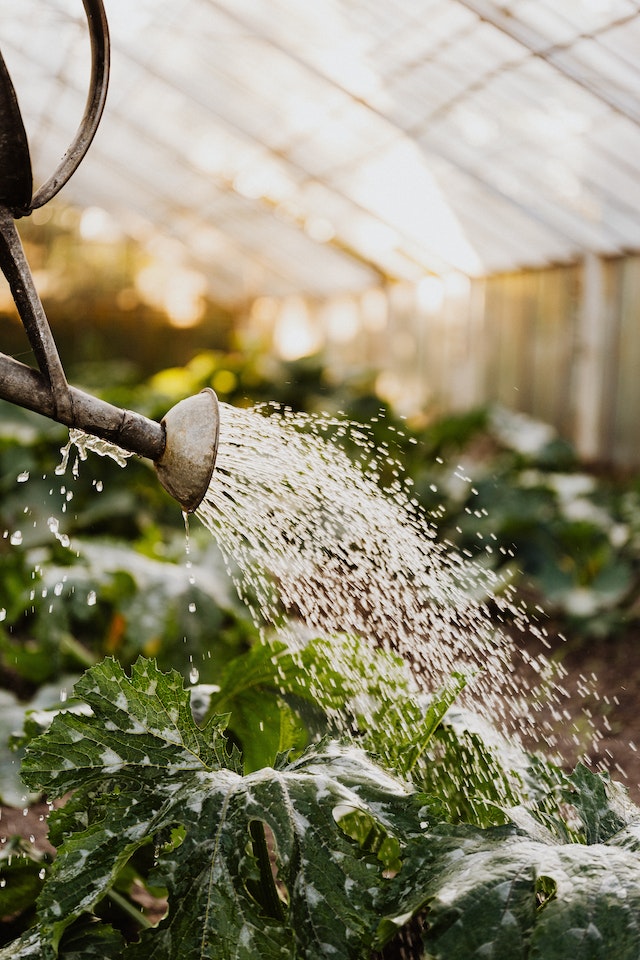
Irrigation
Rain is the best water supply for gardens, green spaces and sports facilities. If the water is stored plants can be watered during periods without rainfall.
Advantage: Sprinklers, garden sprayers and nozzles remain free of limescale deposits and irrigation equipment lasts longer.
WISY recommendations
Selection of low-maintenance products

What is special about rainwater
Many of the advantages of rainwater can be traced back to one special property: Rainwater is soft!
Rainwater prevents the formation of limescale
Anyone who has ever had to deal with encrusted water fittings or a calcified garden shower will appreciate the advantage. Not to mention slowly calcifying pipelines that are getting narrower, potentially reducing flow in the home plumbing system.
By using rainwater limescale does not build up because it is soft and lacks the necessary minerals magnesium and calcium. This results in many advantages, all of which speak in favour of collecting rainwater. Calcium free rainwater is also an excellent source of water that can be used as irrigation water.
Save tap water
Rainwater falls from the sky for free. If you collect rainwater, valuable tap water is saved. In this way, you not only conserve natural resources, but also save costs.
By using rainwater for the toilet, washing machine, cleaning and garden watering, about 50 % of tap water can be saved in private households. In the public sector, the potential of rainwater harvesting systems is even higher.
Furthermore, if you use rainwater, the technical and chemical effort to remove fertilisers, pesticides and pharmaceutical residues (hormones, antibiotics, contrast agents) in tap water is omitted.

Toilet flushes remain tight for longer

Pipes last longer

Aerators on fittings + garden showers remain permeable

Toilets without urine scale

Save washing powder in the washing machine

Cleaning with less detergent
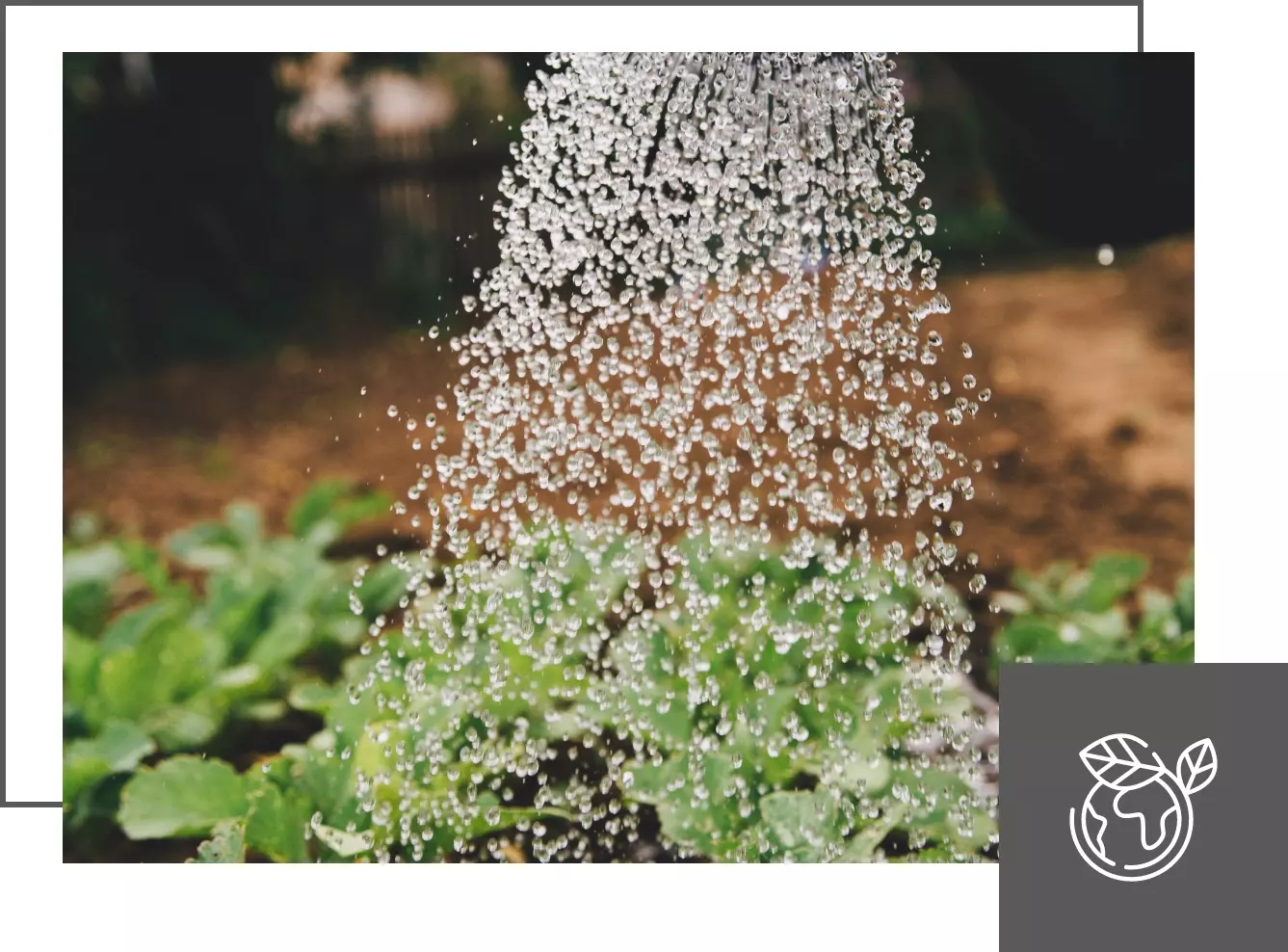
More good reasons to collect rainwater
- Save tap water: Even in rainy regions, the groundwater table is sinking in many places due to overuse
- Save money: Tap water and the disposal of unused rainwater via the sewage system are not cheap
- Saving energy: The provision of tap water is very energy-intensive.
- Reduce CO₂ footprint, read more about it in our article How to reduce your Co₂ footprint with rainwater

Cash money: Collect rainwater and save precipitation fees
If rainwater is collected and used on site, property owners can be exempted from the precipitation fee.
The precipitation fee is due for the disposal of surface water that is collected via gutters and sealed property surfaces and discharged into the public sewer system. It passes on the costs of the sewage treatment plants to the property owners and is based on the size of the sealed surface area. Ask your local water supplier about this and find out more in our article on Rainwater charges: Costs for rain water.
If you use the rainwater to water your garden as well as your household, you may be required to install an additional water meter for the rainwater. The reason for this is that the amount of dirty water then no longer corresponds to the amount of tap water drawn.
Does it rain enough at all in my area to collect rainwater?
Many people ask themselves this question before they start collecting rainwater. But the fact is:
There are no permanently populated areas on earth without rainfall!
If rainwater storage is properly dimensioned, rainwater can make a significant contribution to the water supply anywhere in the world.
The amount and frequency of precipitation, together with the water needs of the users, determine the required cistern size.
Collecting rainwater - These options are available:
Everything at a glance
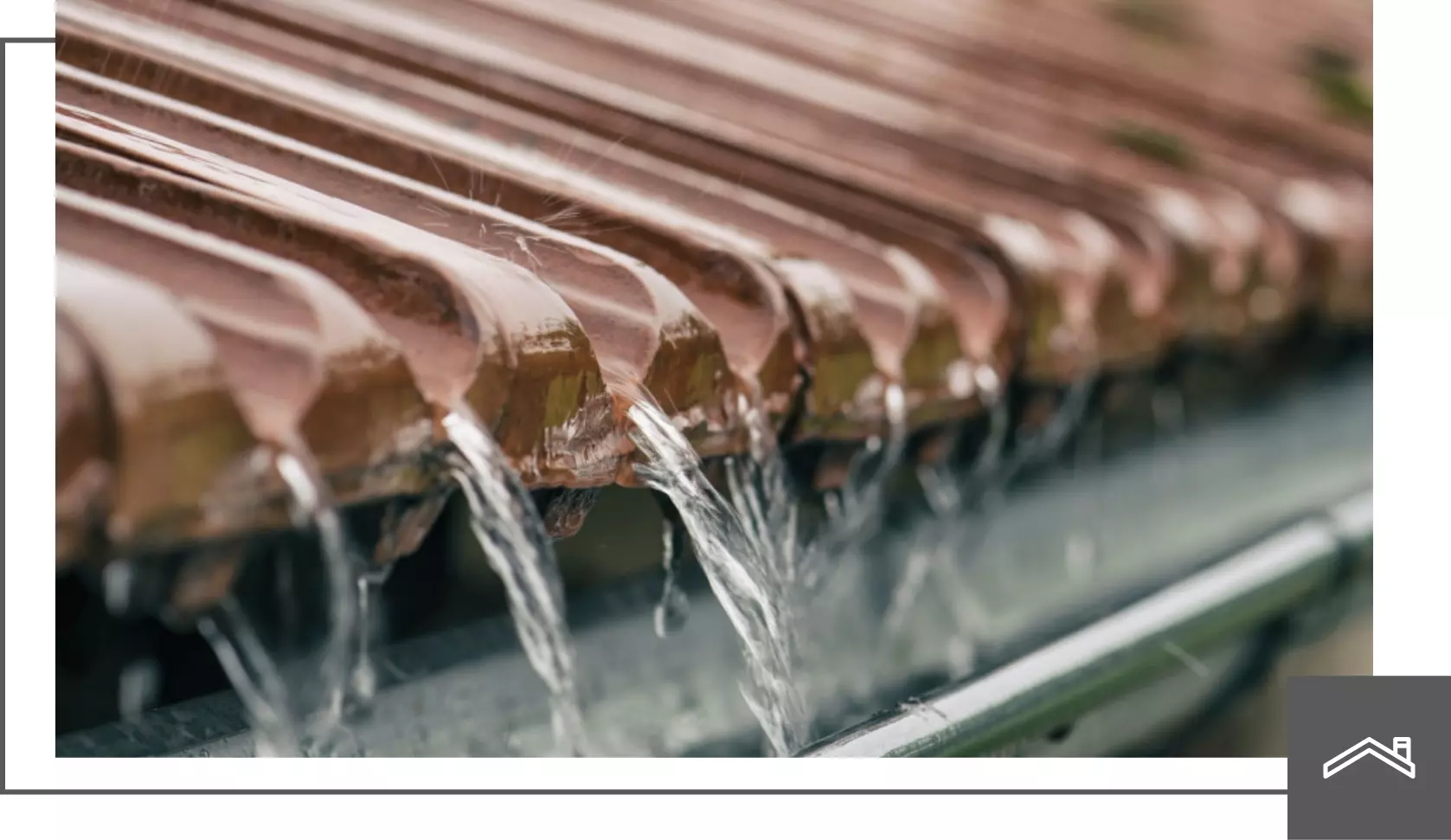
Collect rainwater from the roof
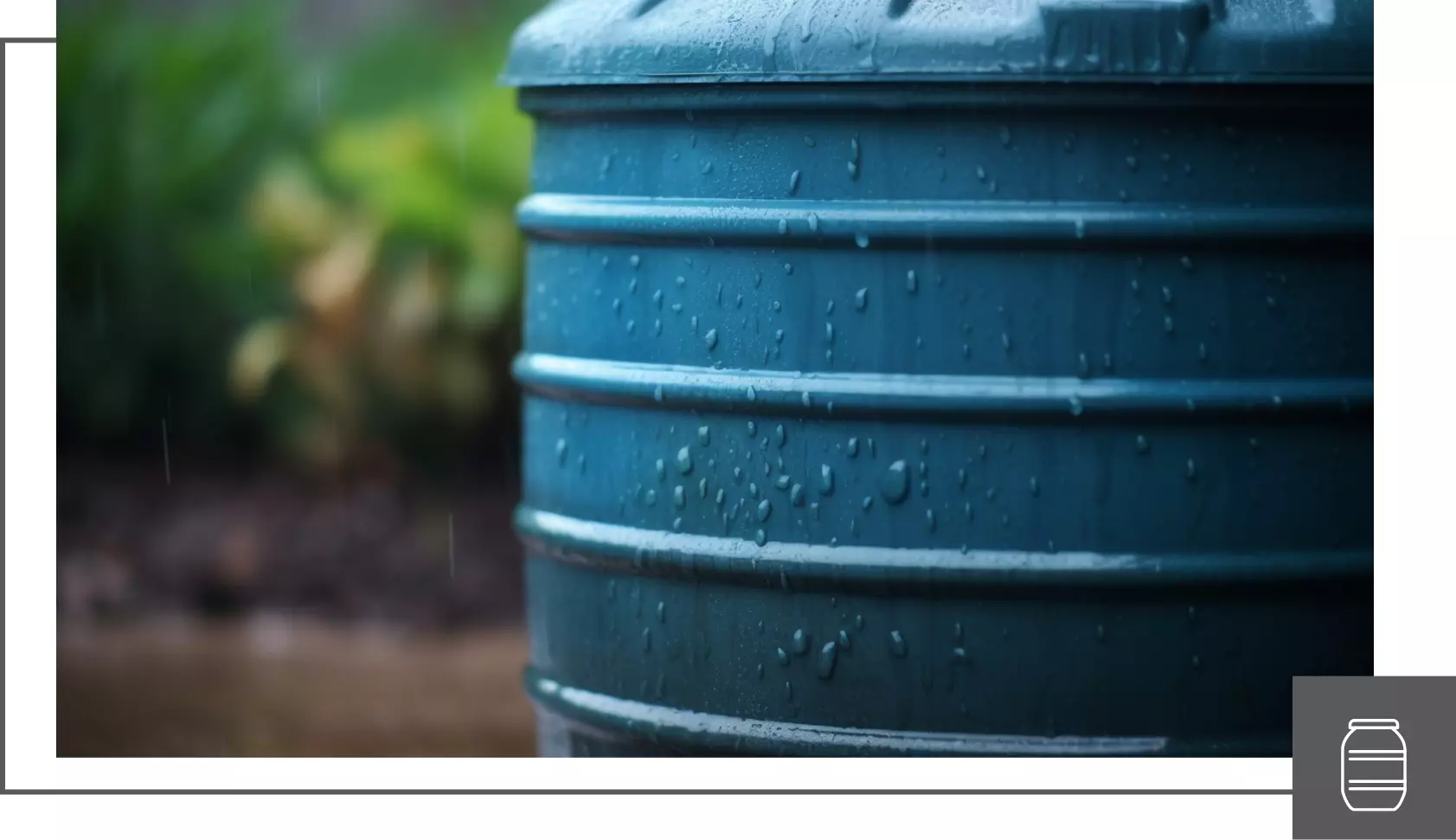
Collect rainwater in a rain barrel
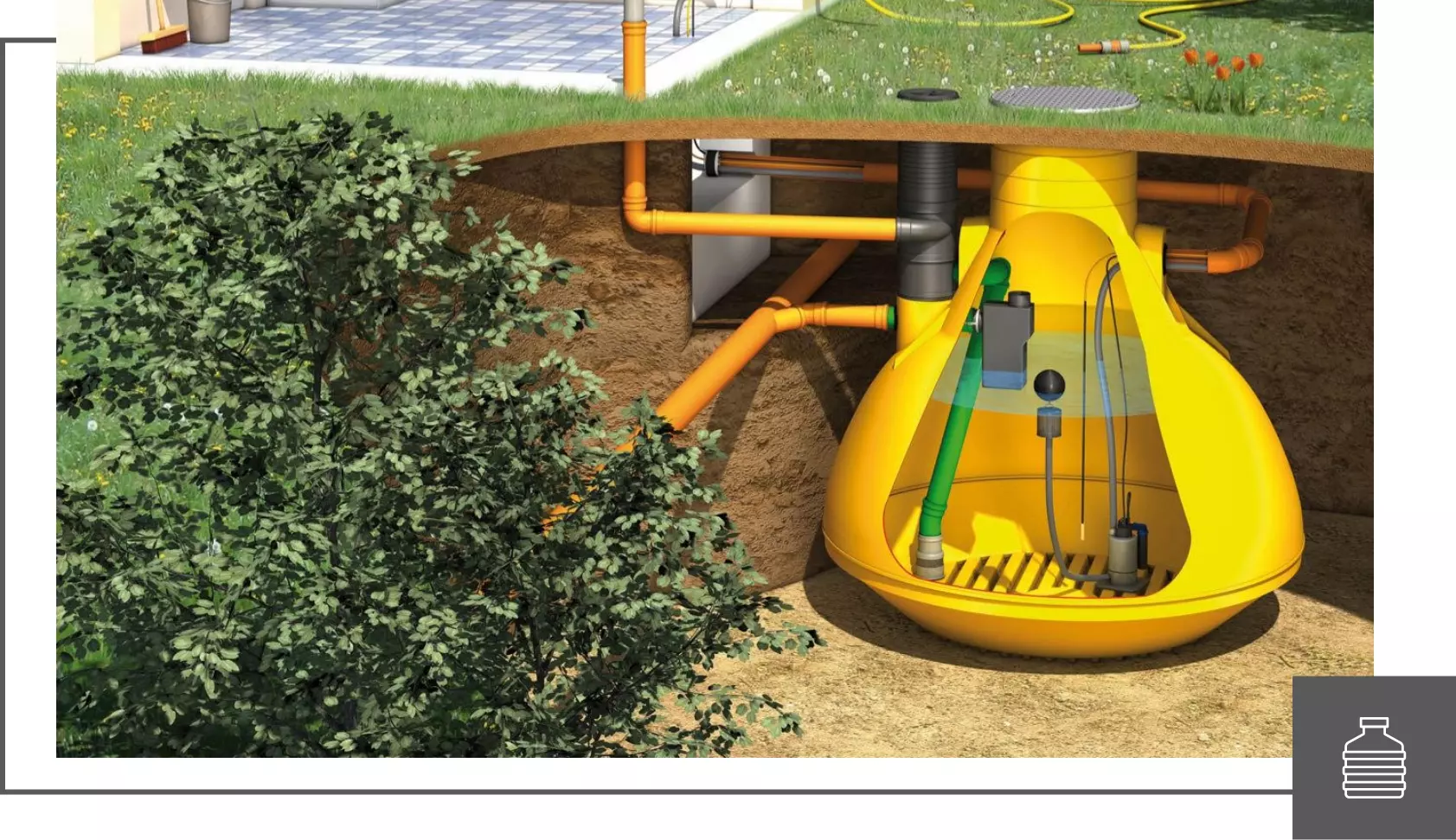
Collect rainwater in a cistern
Collect rainwater from the roof
Roofs are the best catchment area to collect rainwater. Unlike ground surfaces such as paths or car parks, roof surfaces are relatively clean. This way, the freshly fallen precipitation from the sky is not polluted. In addition, roofs are already equipped with rain gutters and downpipes, which form part of the rainwater collection system.
The larger a roof is, the more rainwater can be collected from it. If you need a lot of water, it is therefore worth connecting as much roof area as possible to the rainwater storage tank.
The type of roofing influences how quickly rainwater runs off the roof. Rainwater flows off sloping roof tiles much faster than off a flat roof with gravel or a planted green roof. If the rainwater runs off more slowly, more of it already evaporates on its way to the water tank in the garden or underground.
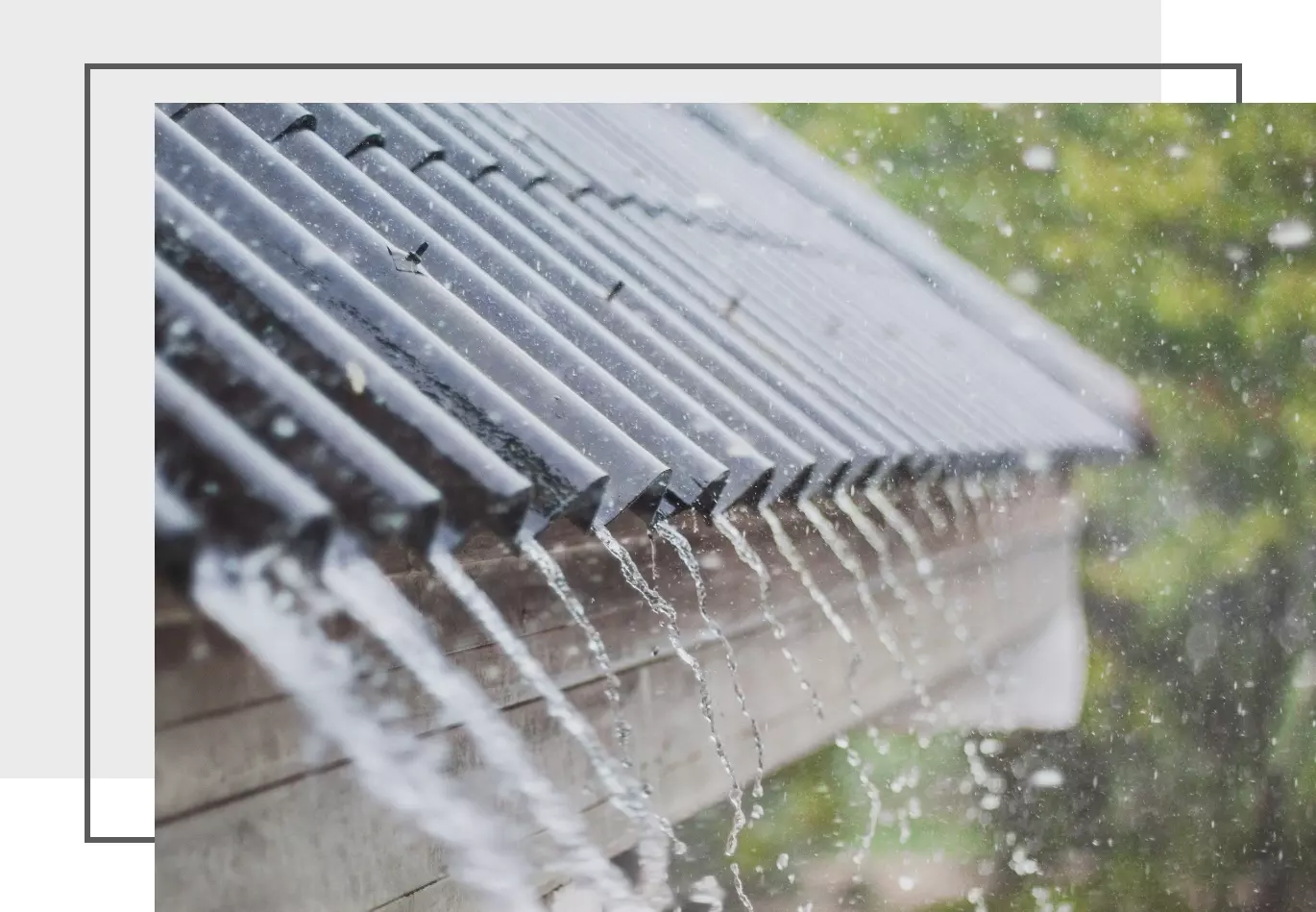
In order to be able to estimate how much water can be collected for the garden, for example, DIN standard 1989-1 distinguishes between the following roof coverings:
Sloping hard roof
Flat roof without gravel
Flat roof covered with gravel
Green roof intensively & extensively greened

Collect rainwater in a rain barrel
The easiest way to collect rain is a rain barrel in the garden. To fill the rain barrel, it is best to place it near a downpipe. The rainwater collected via the gutter is easily removed with an outlet tap, without the need for a pump.
When it rains, the drops from the clouds fall onto the roof of the house and are collected in the gutter. From there, the rainwater flows downwards via the gutter into the vertical downpipe. Now it is easy to collect the rain. A downpipe filter or rain collector helps you to fill the rain barrel. It is inserted directly into the downpipe and directs the rainwater via a rain barrel connection hose to the rain barrel.
The WISY downpipe filters not only divert the water to the side, but also filter it at the same time. Their unique filter principle with the vertical filter mesh makes them both highly efficient and very low-maintenance. The stainless steel filter insert only needs to be inspected about twice a year and when cleaning is necessary it can easily be cleaned in the dishwasher.
Tip: Many rain barrels should be emptied in winter to avoid damage. The WISY Stabilix Rainbarrel is completely frost resistant, It can be full with ice and will survive the winter well. Read more about this in our article on making rain barrels frost-proof.
The best place for a rain barrel to collect rainwater
The rainwater tank is next to a downpipe, but which one? There are usually several downpipes available to collect rainwater. The right influencing factors for choosing the right location for the rain barrel:
- As shady as possible: the collected rainwater in the water tank does not become unnecessarily warm
- Close to the raised bed or the plants: You do not have to carry the watering can so far
- For small rain barrels, the downpipe of the garden shed can also be sufficient.
When setting up the rain barrel, make sure it has a sufficiently stable base so that your rainwater storage tank stands securely and does not tip over.
In addition, the rain barrel should be positioned so that a watering can fits comfortably underneath. For this purpose, a pedestal can be placed underneath the rain barrel, but again, make sure that it is sufficiently stable.
Alternatively, the outlet tap in the rain barrel can simply be mounted a little higher, in which case the lower area always remains filled with water. This provides additional stability in strong winds and sediment remains in the tank without getting into the watering can.
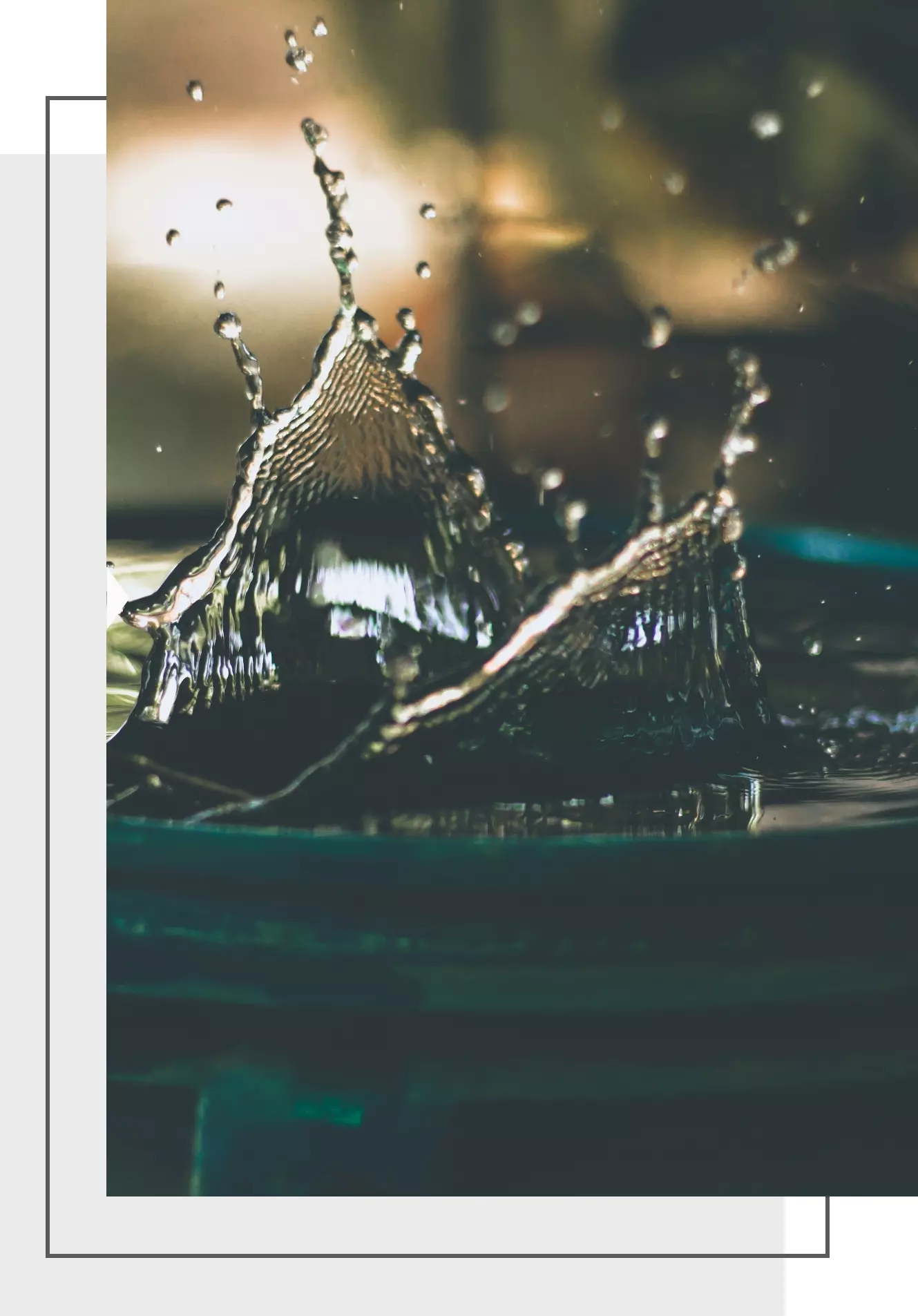
Collect rainwater in a cistern
A cistern is the name of the underground collection tank for rainwater. Both the term and the use of underground tanks for collecting rainwater date back to antiquity.
In the dry regions of the earth, the collection of rainwater was a prerequisite for cultural and economic development. Underground, the water remains cool and protected from sunlight. Both are important prerequisites for storing rainwater in the long term. Evaporation is minimised and algae cannot grow without light.
In ancient times the collected rainwater naturally also served as a drinking water supply.
The underground water storage tank can be realised most economically if it is installed directly during new construction or in connection with major building work, or if it is constructed on site. Rainwater tanks made of plastic or concrete are available. Particularly large storage tanks can be assembled on the construction site or are even part of the structural design.
Advantages of an underground cistern
The cistern is connected to the rainwater downpipe. Before the rainwater from the roof enters the rainwater storage tank, it should definitely pass through a rainwater filter. This keeps the dirt input low and the water quality excellent in combination with the other purification stages. In this way, rainwater can be stored very well, even over a long period of time.
Tip: With the vortex fine filter with a mesh size of only 0.28 mm, so little sediment results in the rainwater storage tank that no further cleaning of the cistern is necessary for 10 to 15 years.
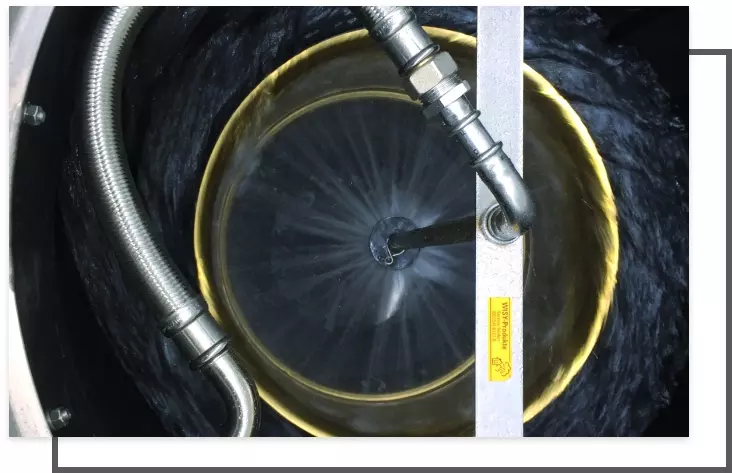

Protected from light

Bacteria reduction

No algae growth

More space in the garden

Winterproof, as rustproof

Large storage volume
Collecting rainwater without a roof
Collecting rainwater without a roof is also possible, but it is important to remember that rainwater from soils, car parks, paths and meadows is likely to contain more contamination.
Mechanical rainwater filters can reliably remove contamination above a certain particle size, but contaminants dissolved in the water or containing mineral oil are not so easy to separate. Here, it must be decided on a case-by-case basis which residues in the collected rainwater are still acceptable and which must be removed by further technical measures.
A tarpaulin as a rainwater collection surface?
Another idea would be to collect rainwater with the help of a stretched tarpaulin. Although this is possible, it is more of a temporary or provisional nature, à la Robinson Crusoe. For a permanent application, the requirements for wind stability are too high in most cases.
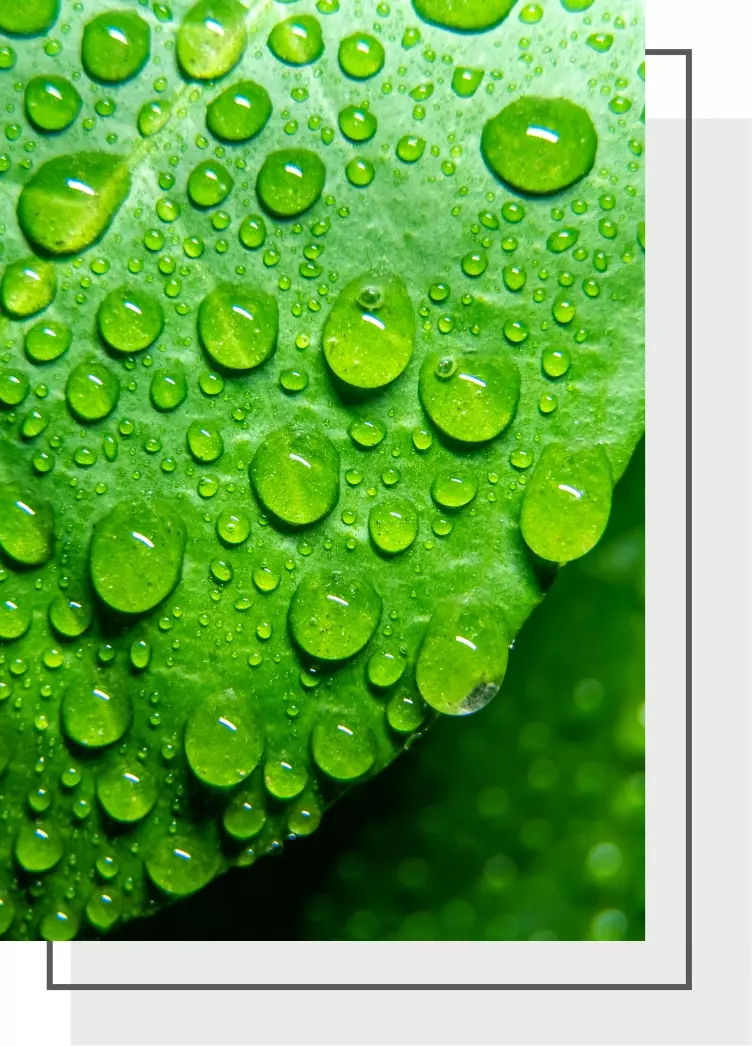

As you can see, rainwater harvesting systems offer many advantages over the use of tap water. They range from practical benefits when used for watering plants, to cost benefits, to reducing your environmental footprint through lower energy and water consumption.
Collecting rainwater and using it with rainwater harvesting systems makes sense for private households as well as for commercial, industrial and public institutions. Every rainwater harvesting system can be adapted to your needs and individual requirements.
If you are interested in purchasing and installing a rainwater utilisation system, we will be happy to advise you. Contact us and we will work with you to develop your individual rainwater utilisation system, with which you can collect rainwater and use rainwater. We look forward to receiving your enquiry.
If you would like to find out more about what you can do with the rainwater you collect at home, read our article: Using and saving rainwater in your home and garden.







